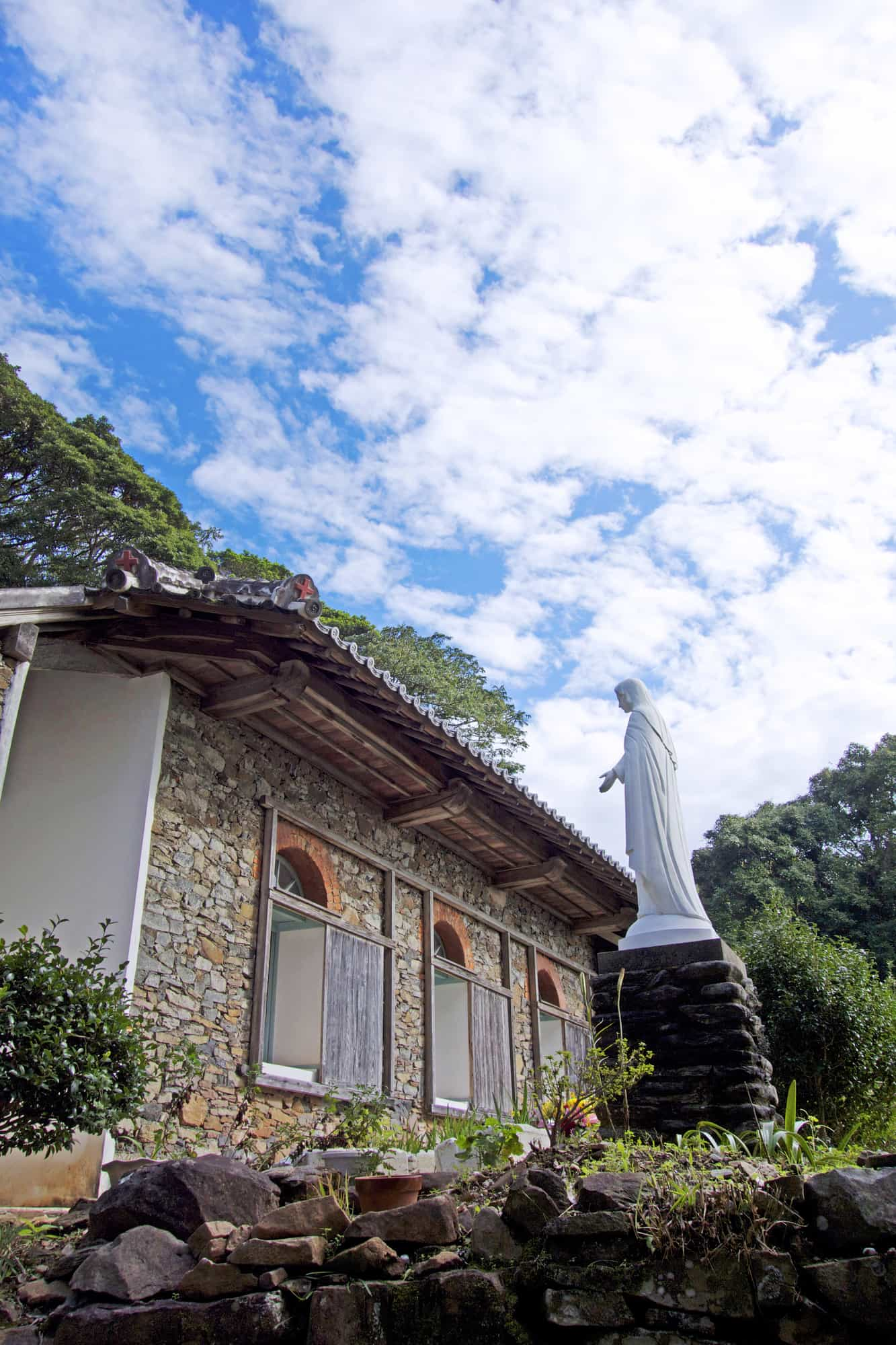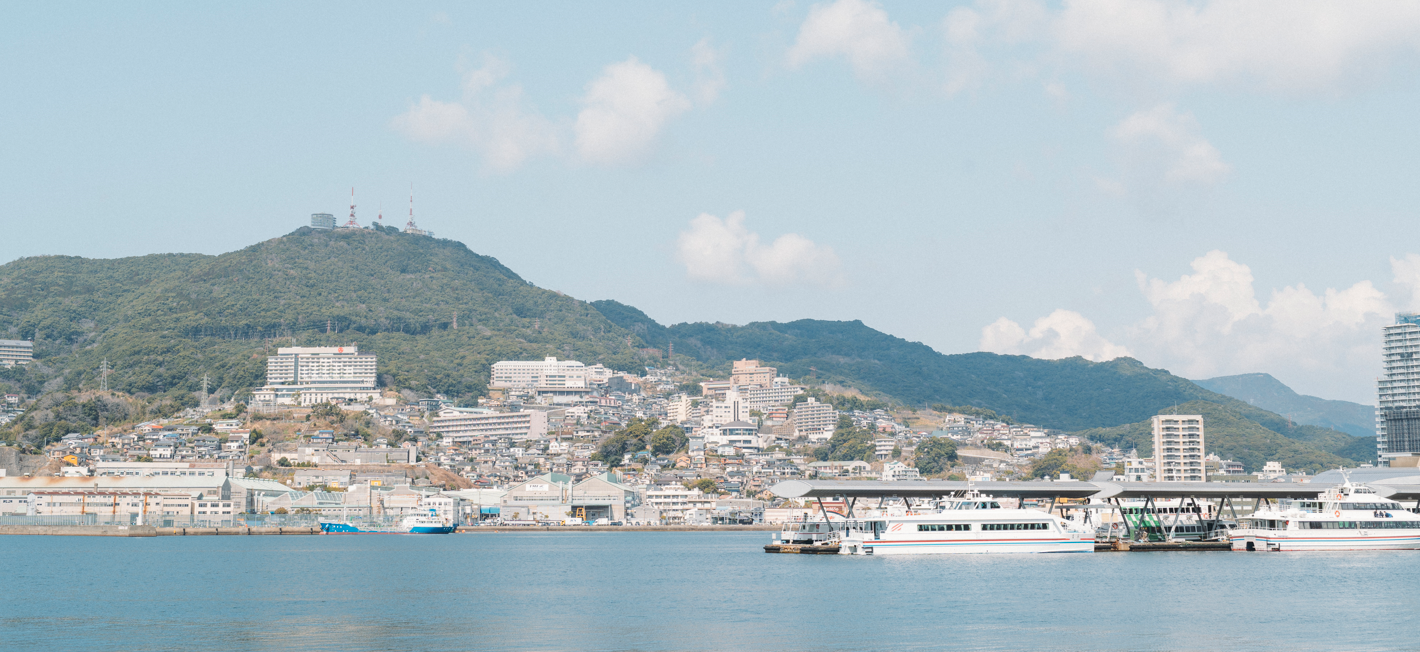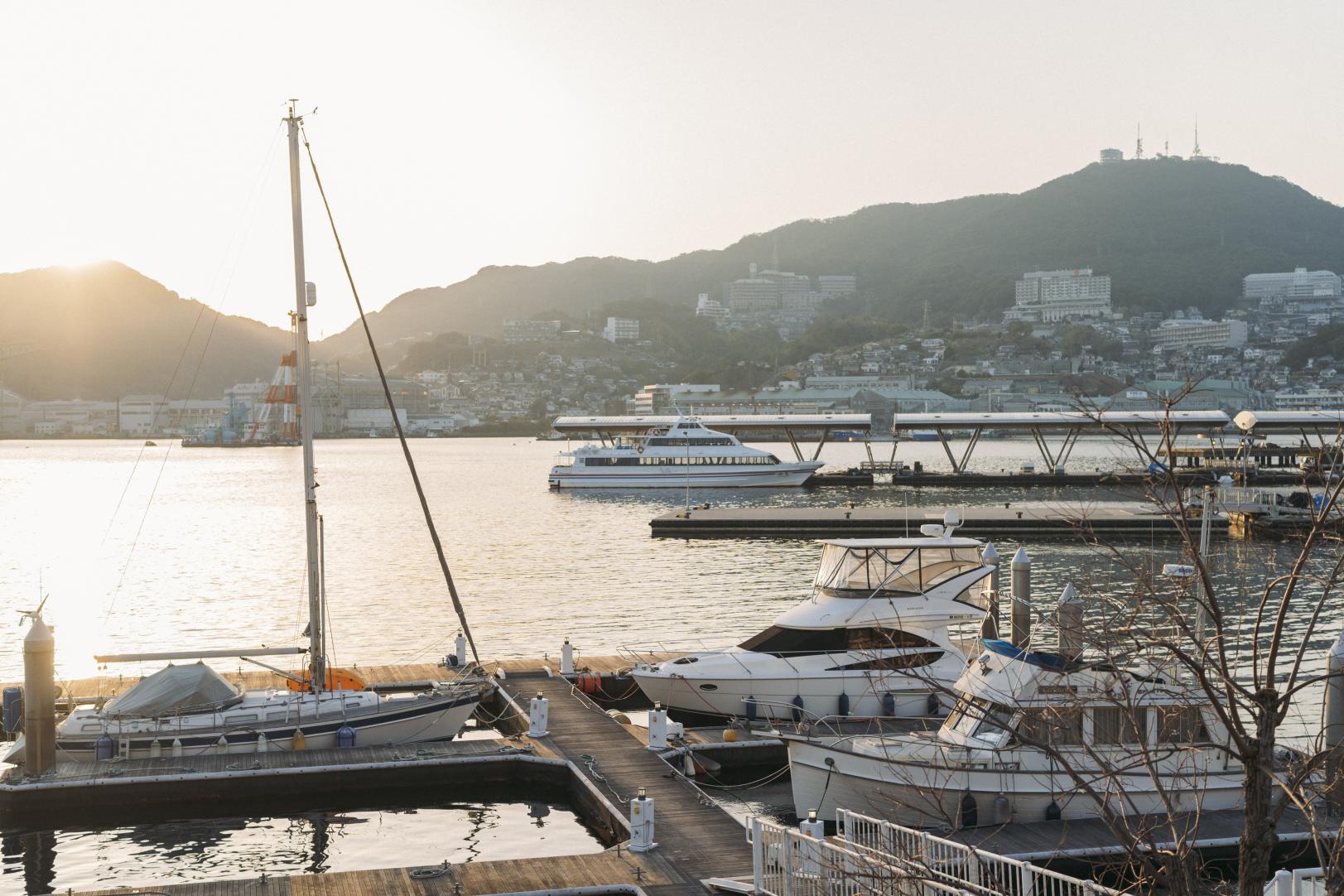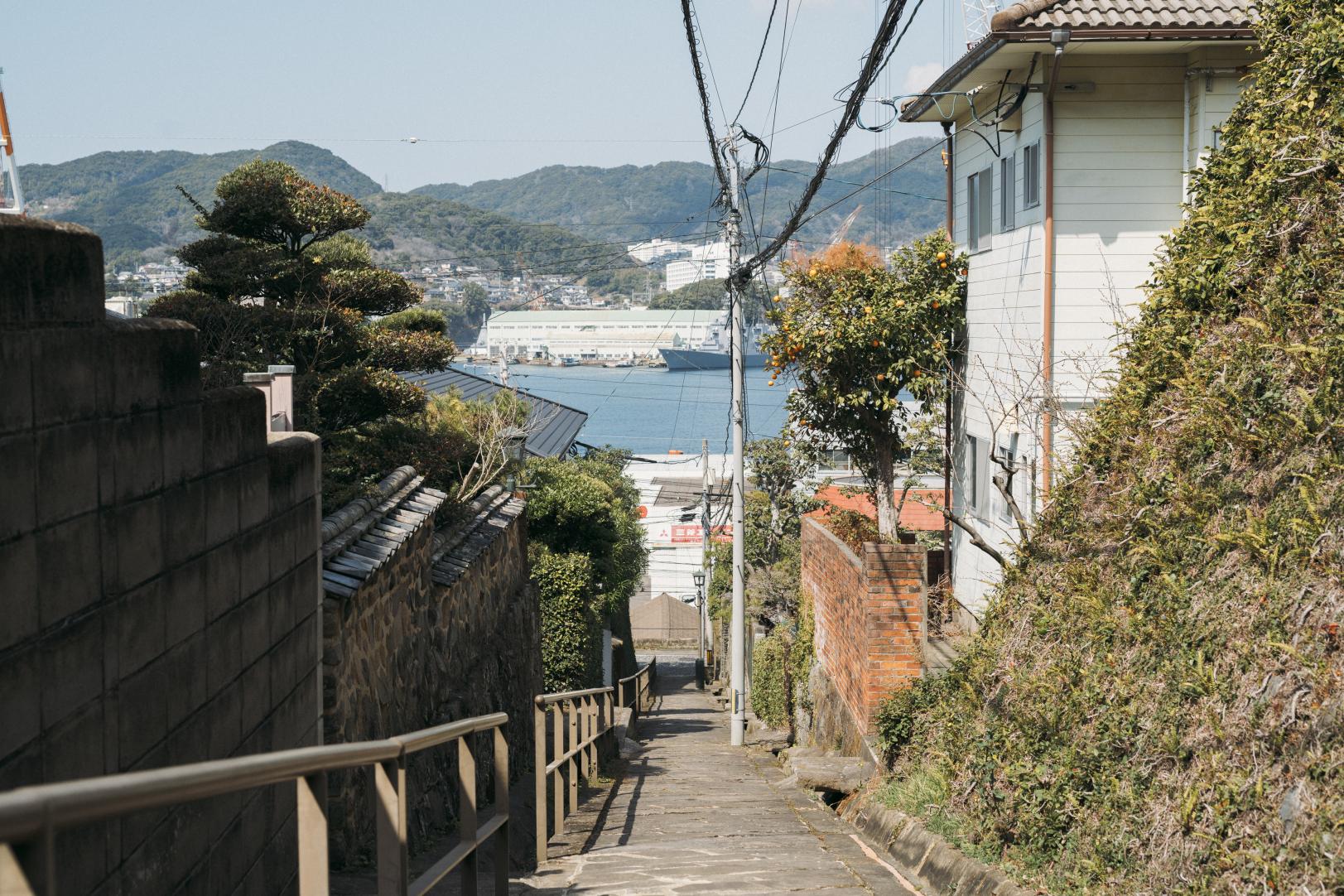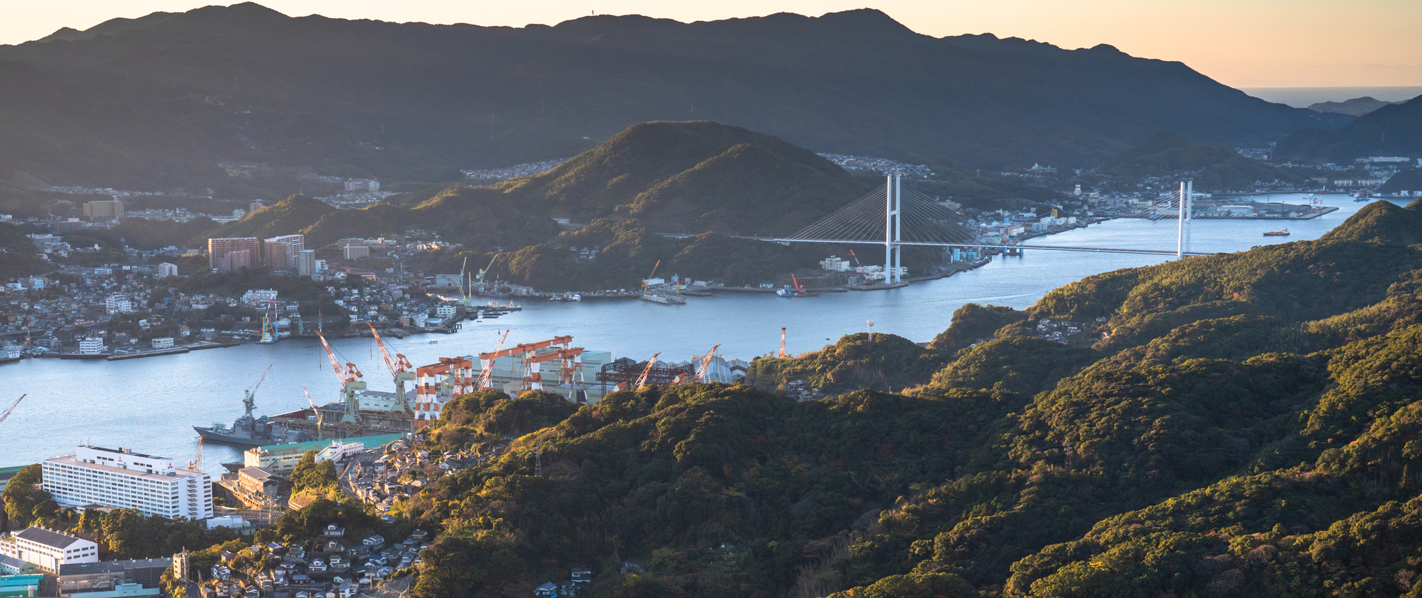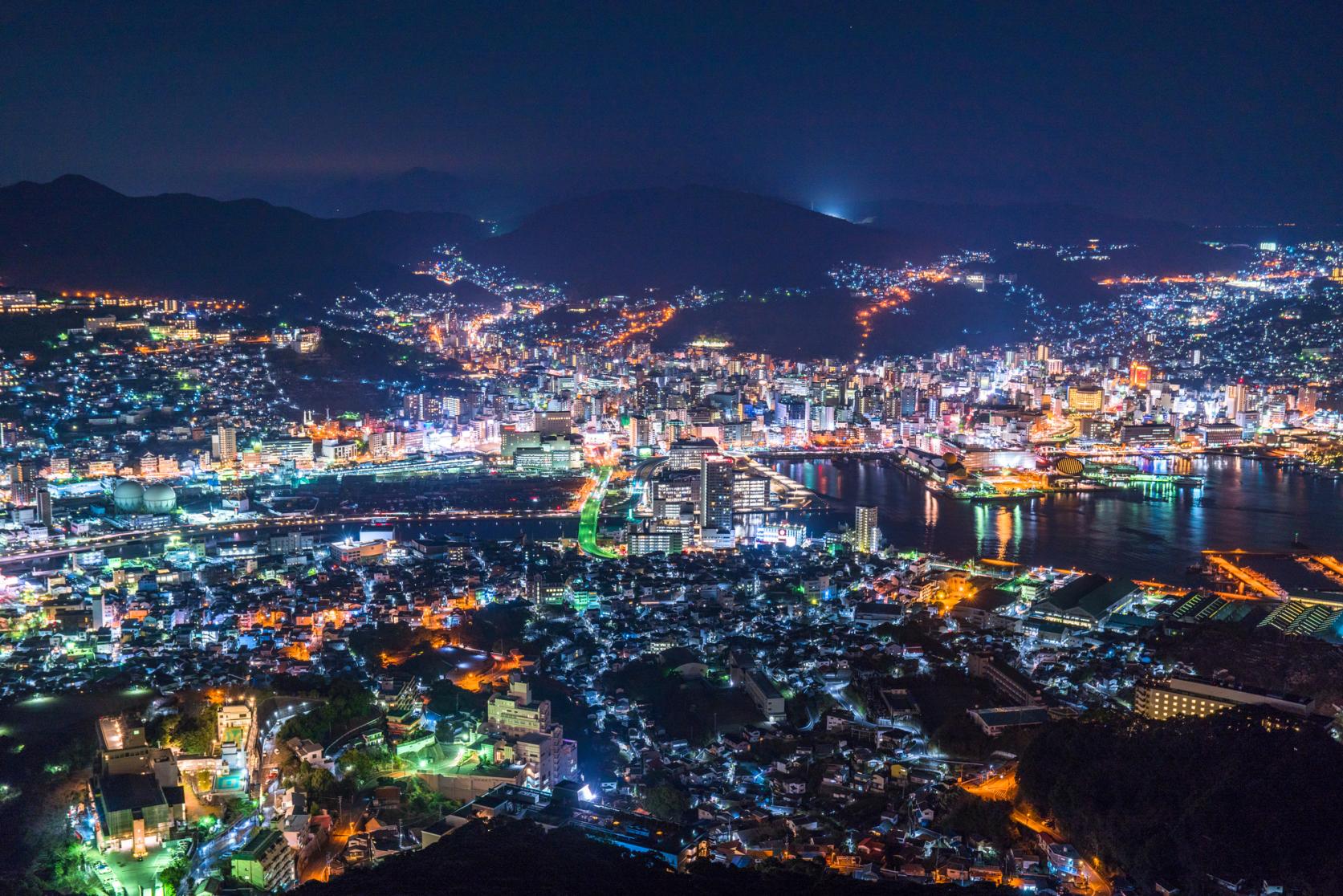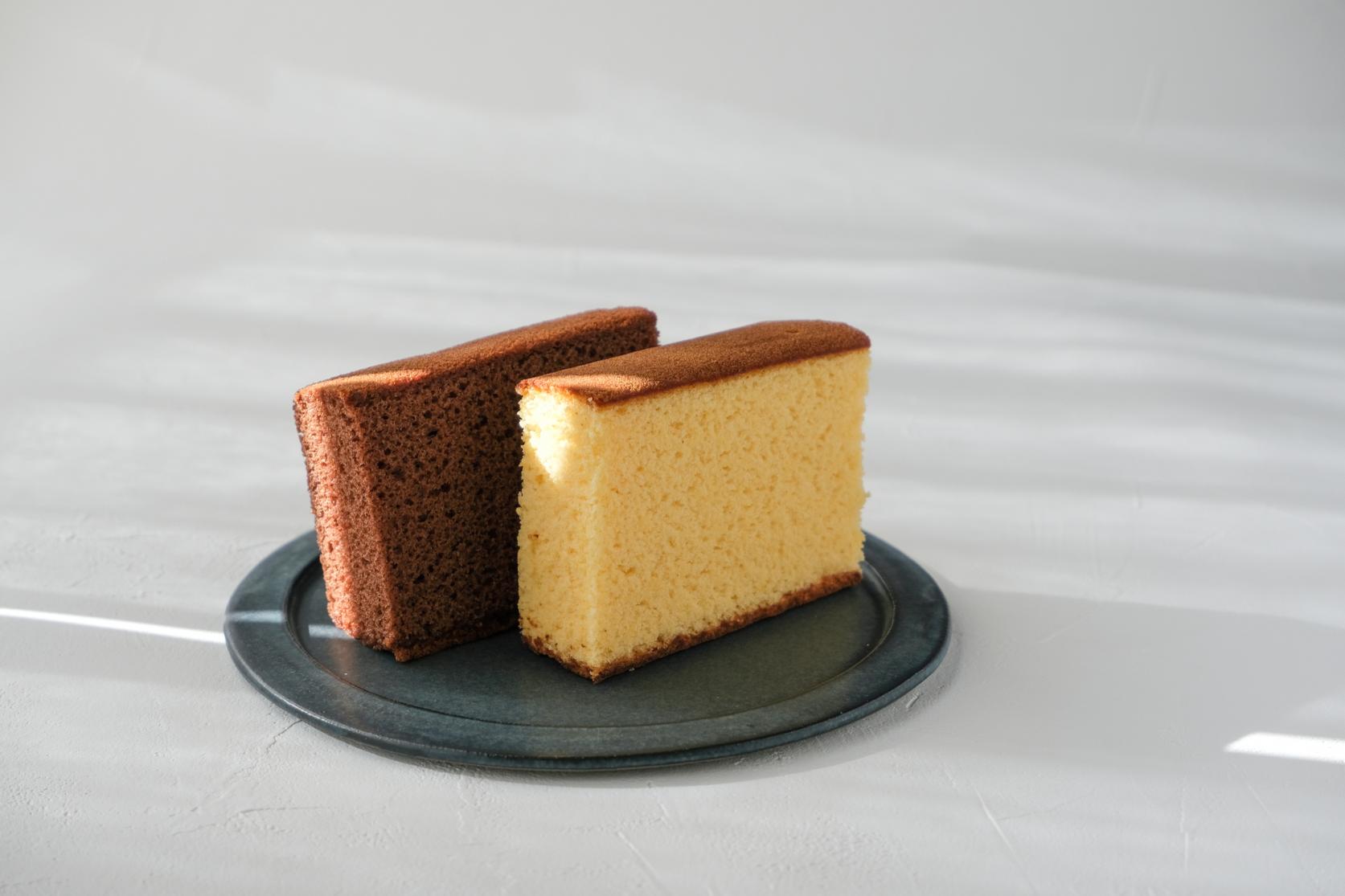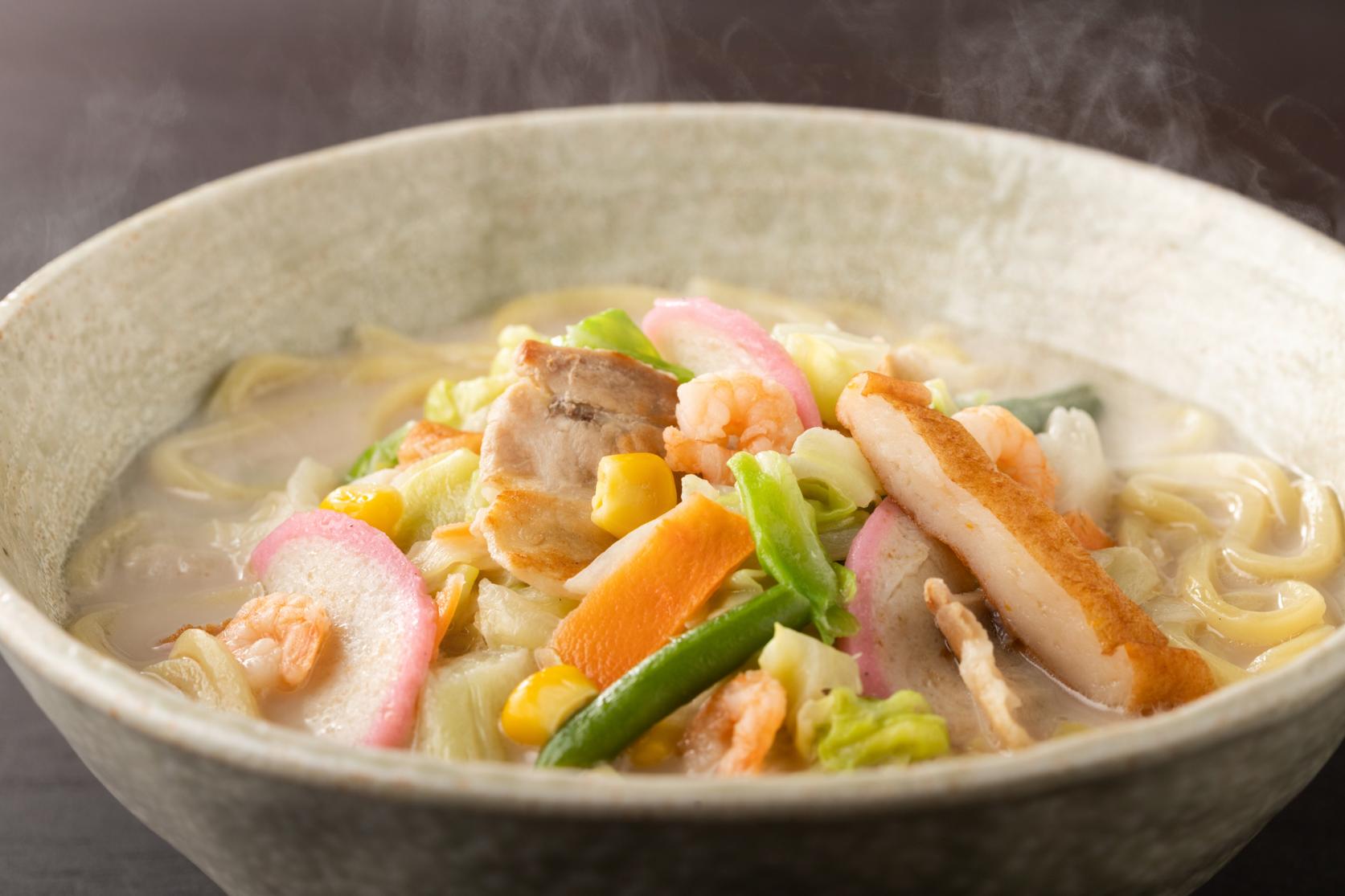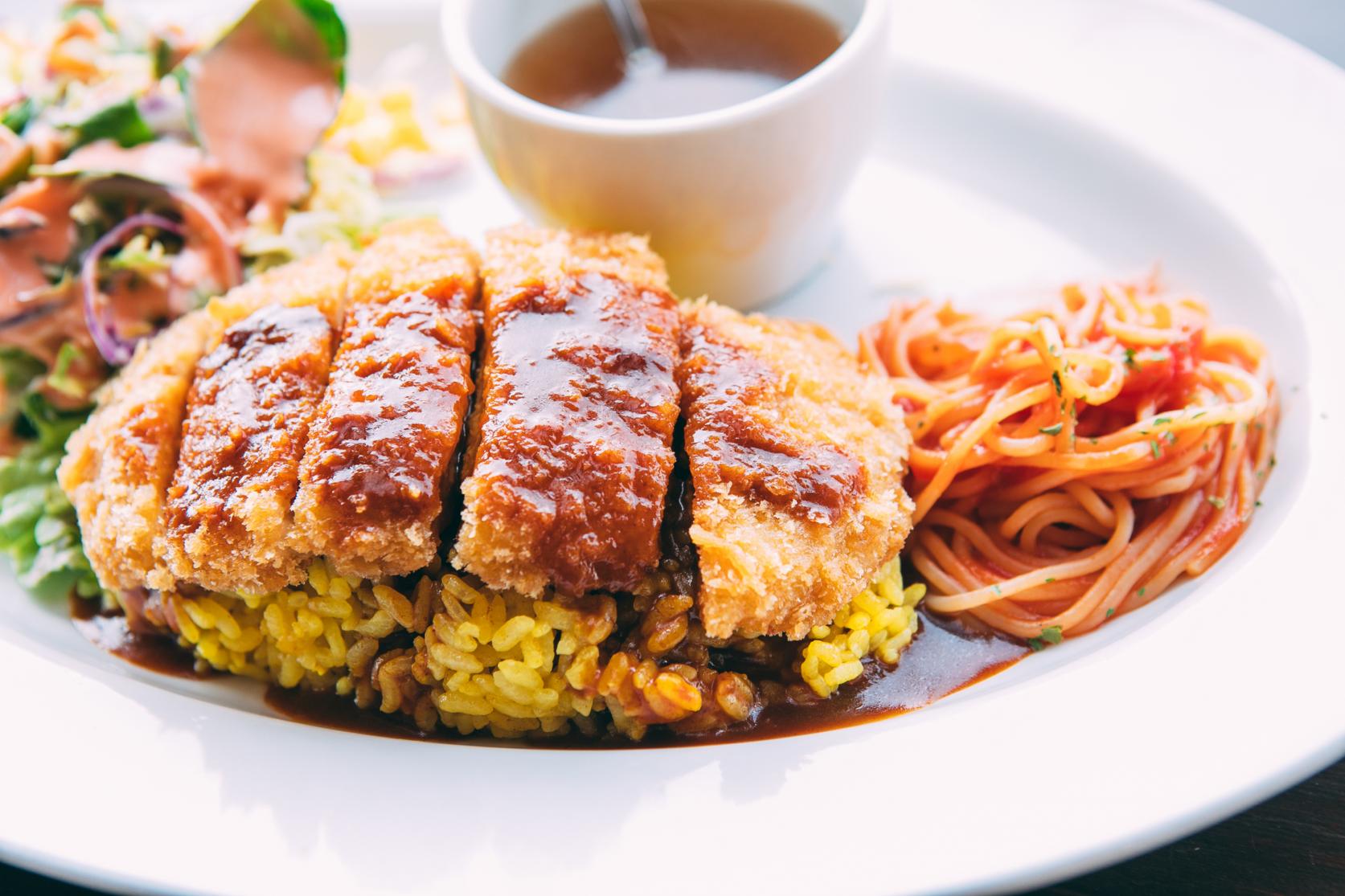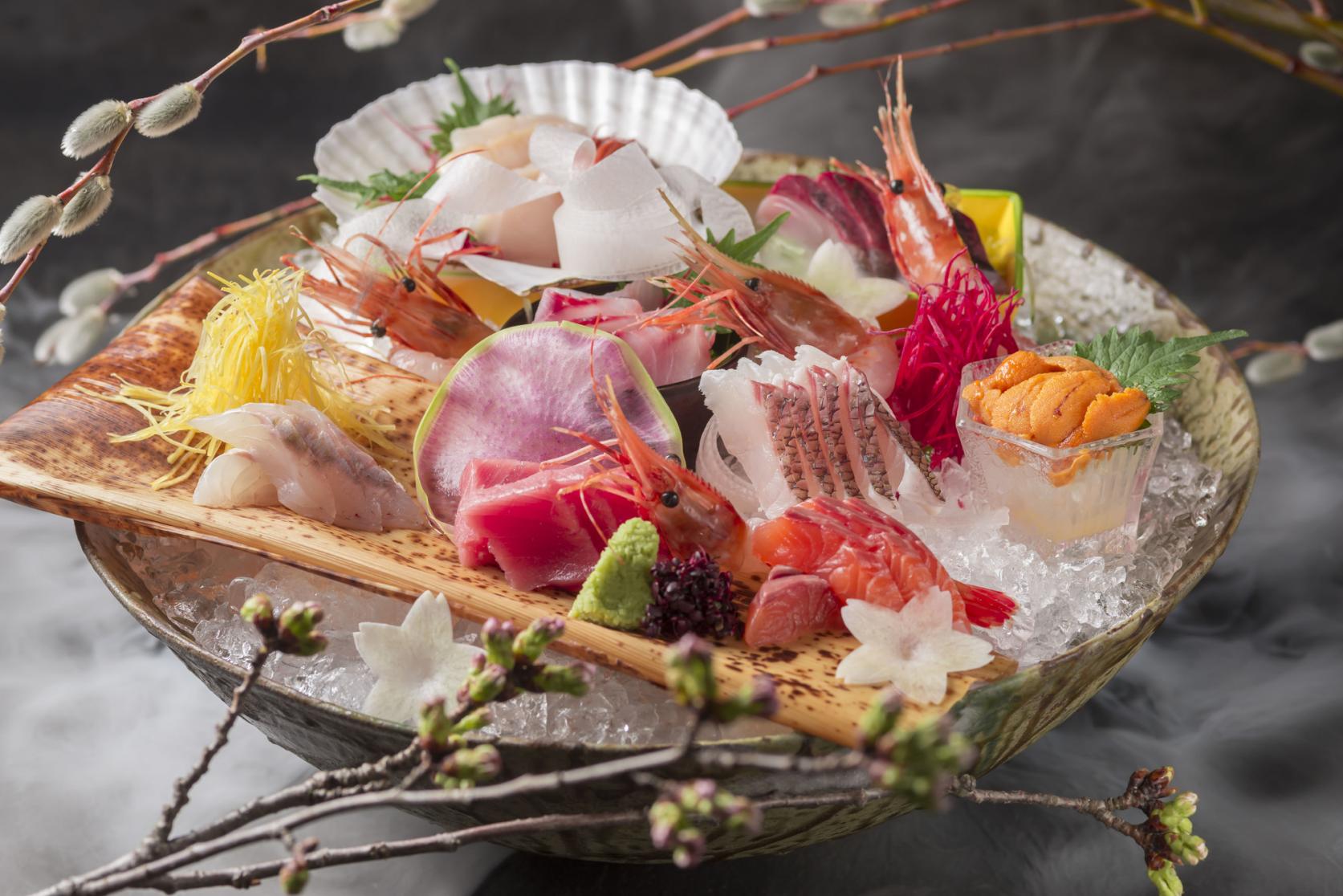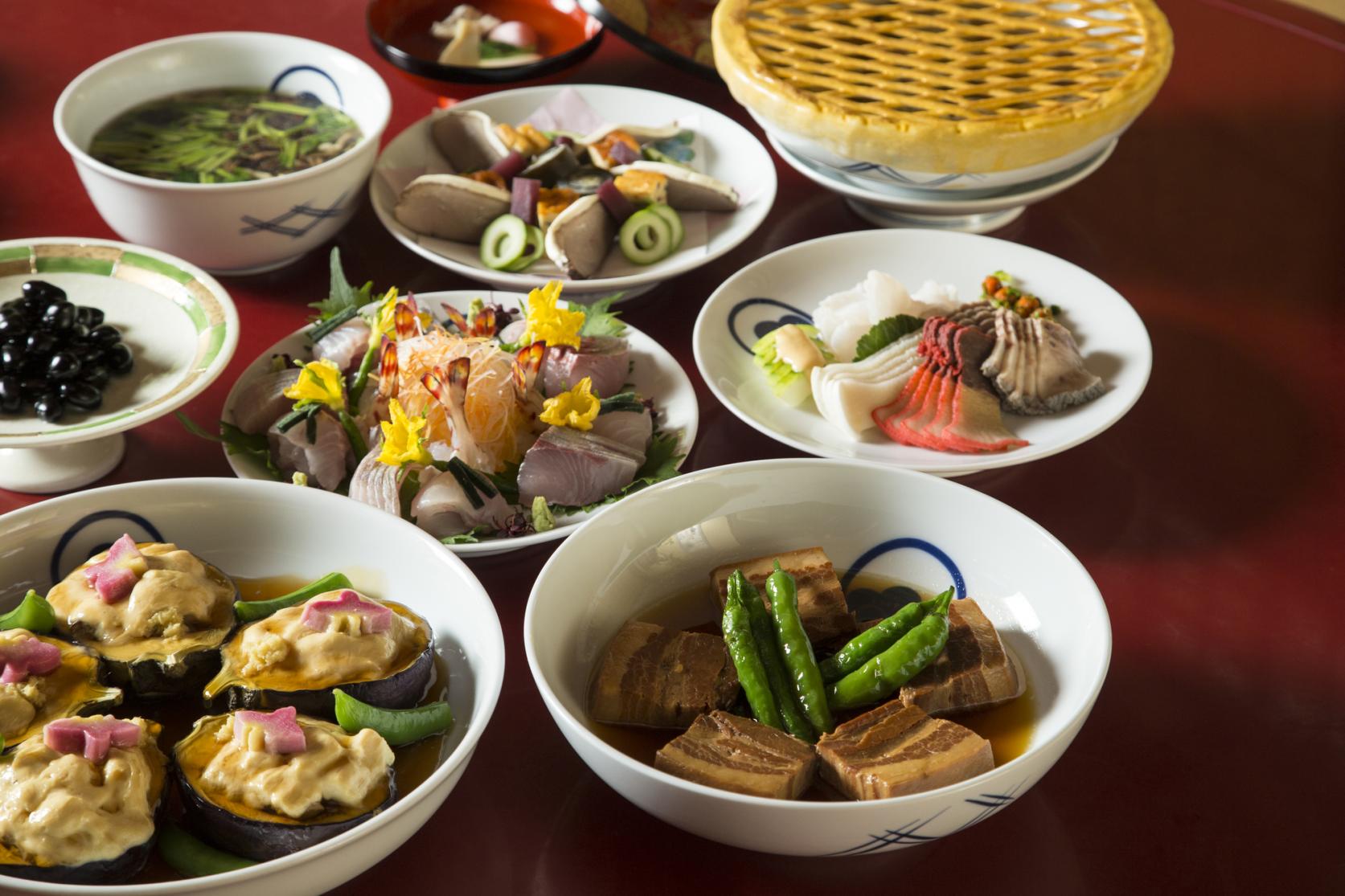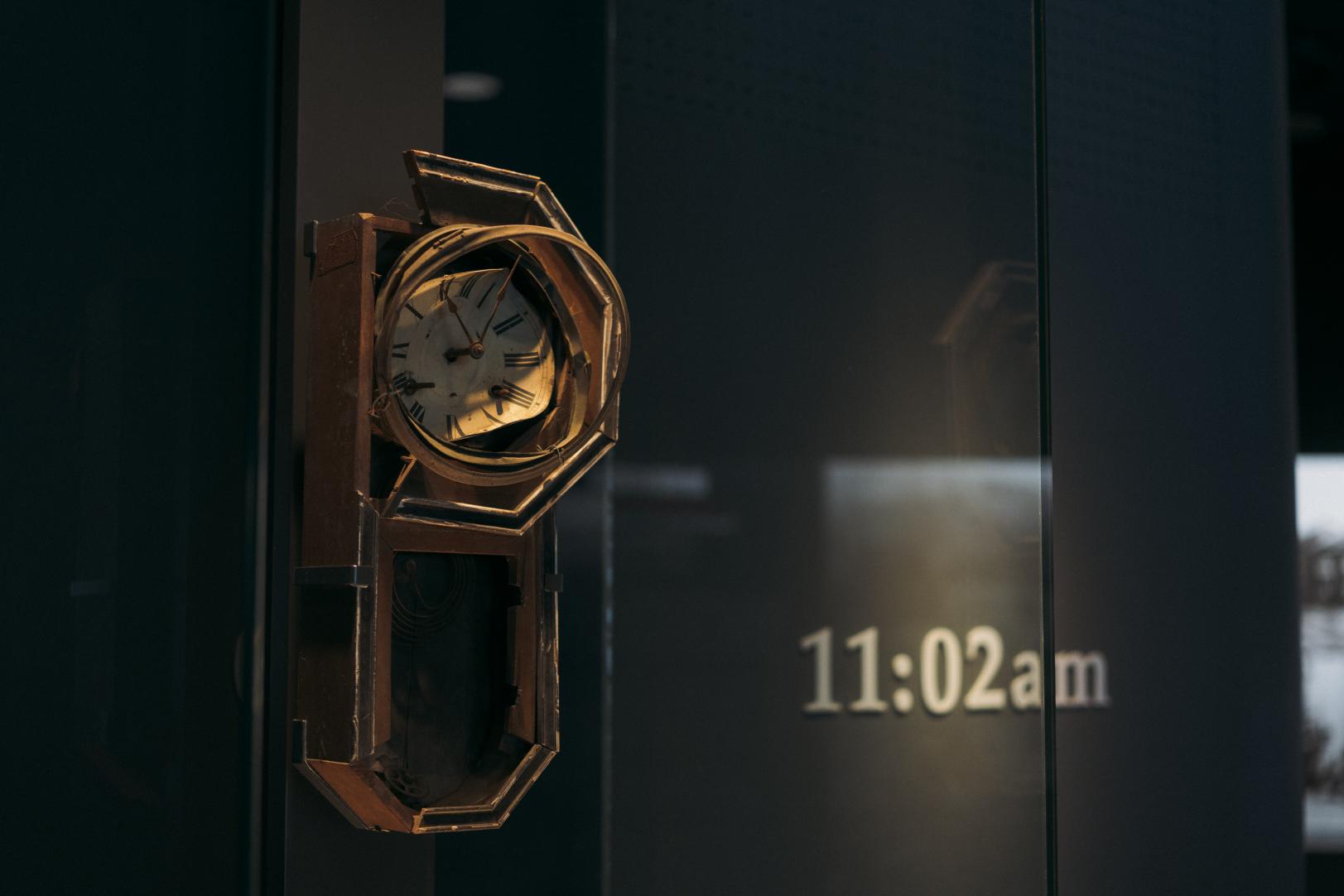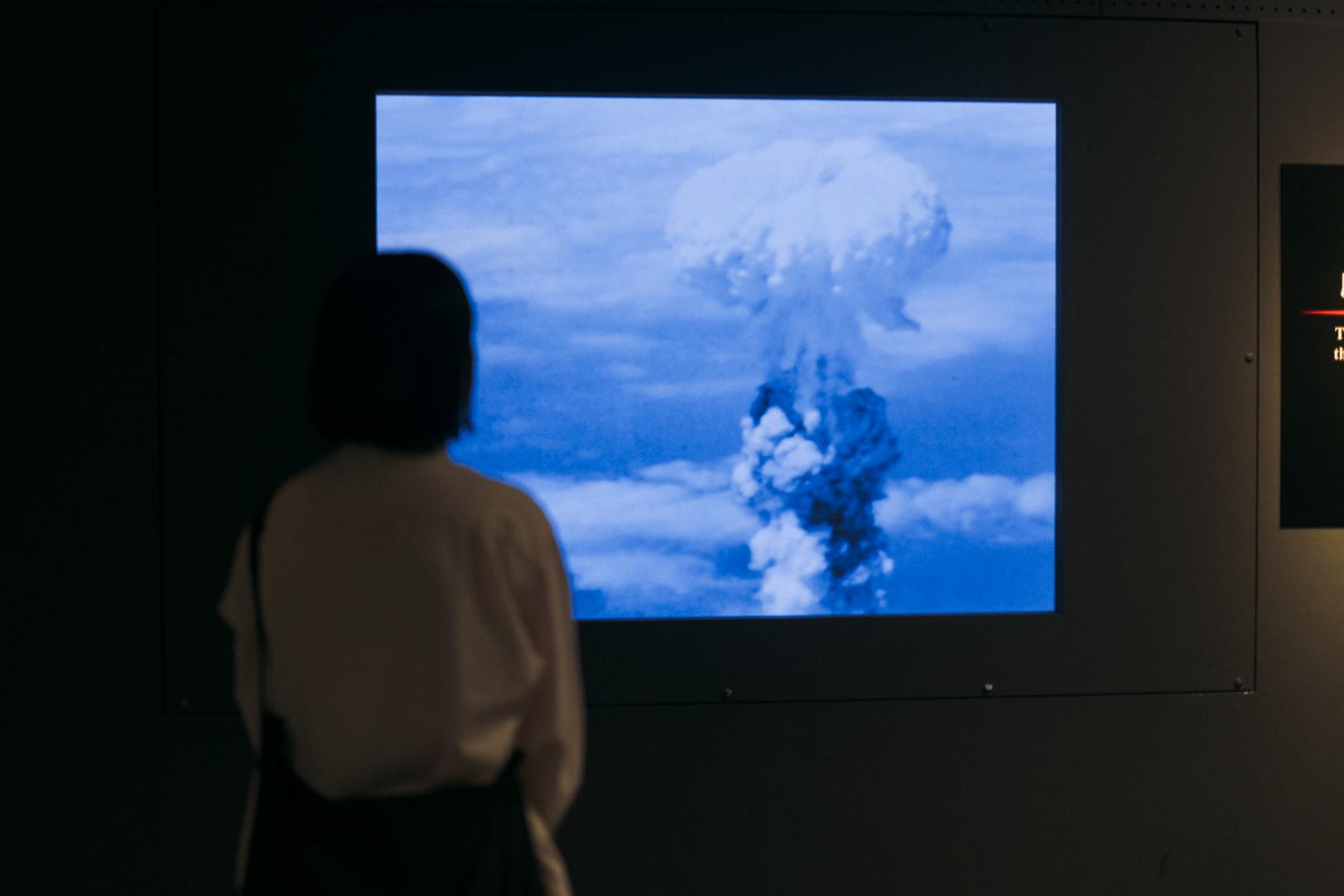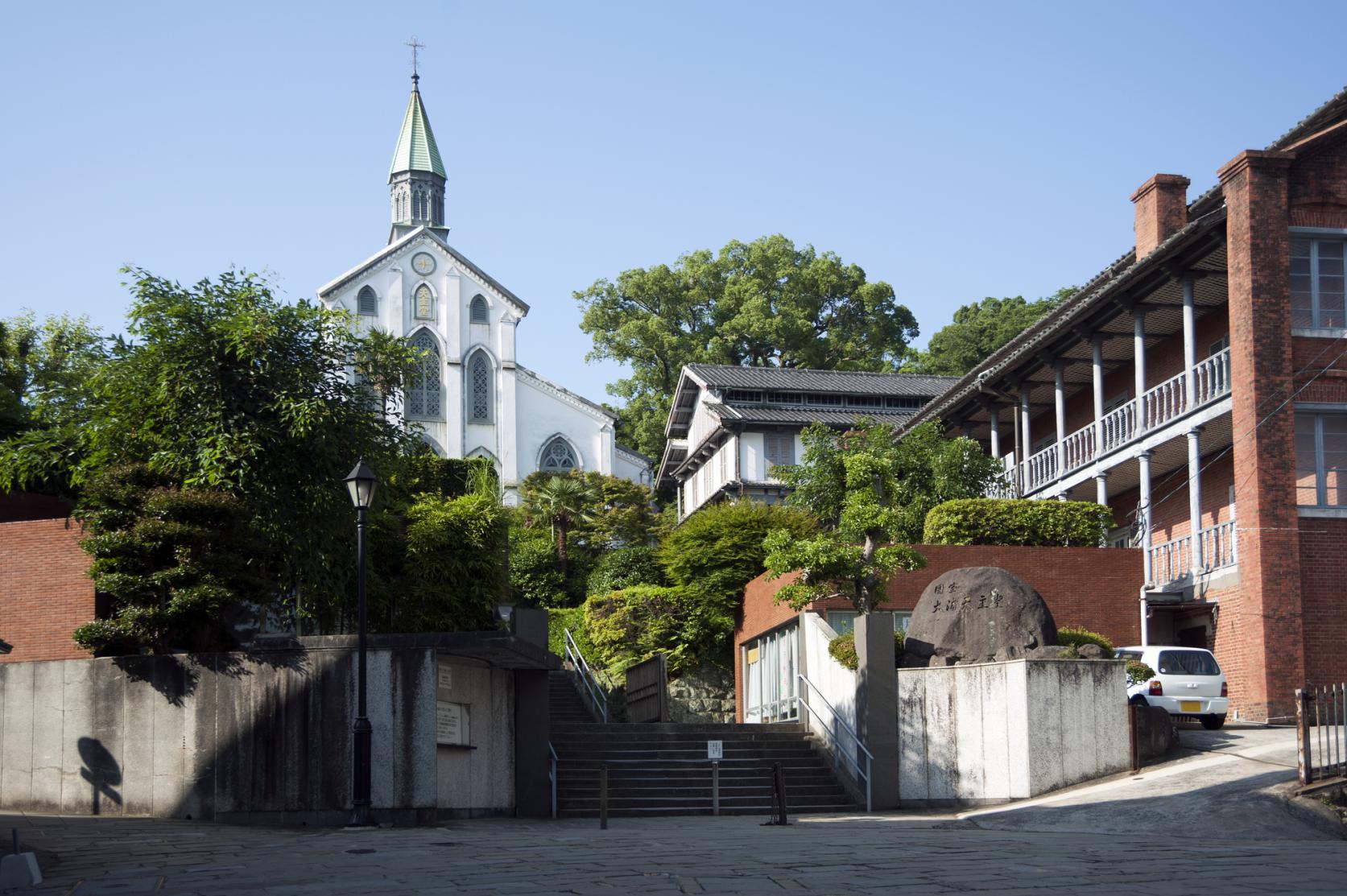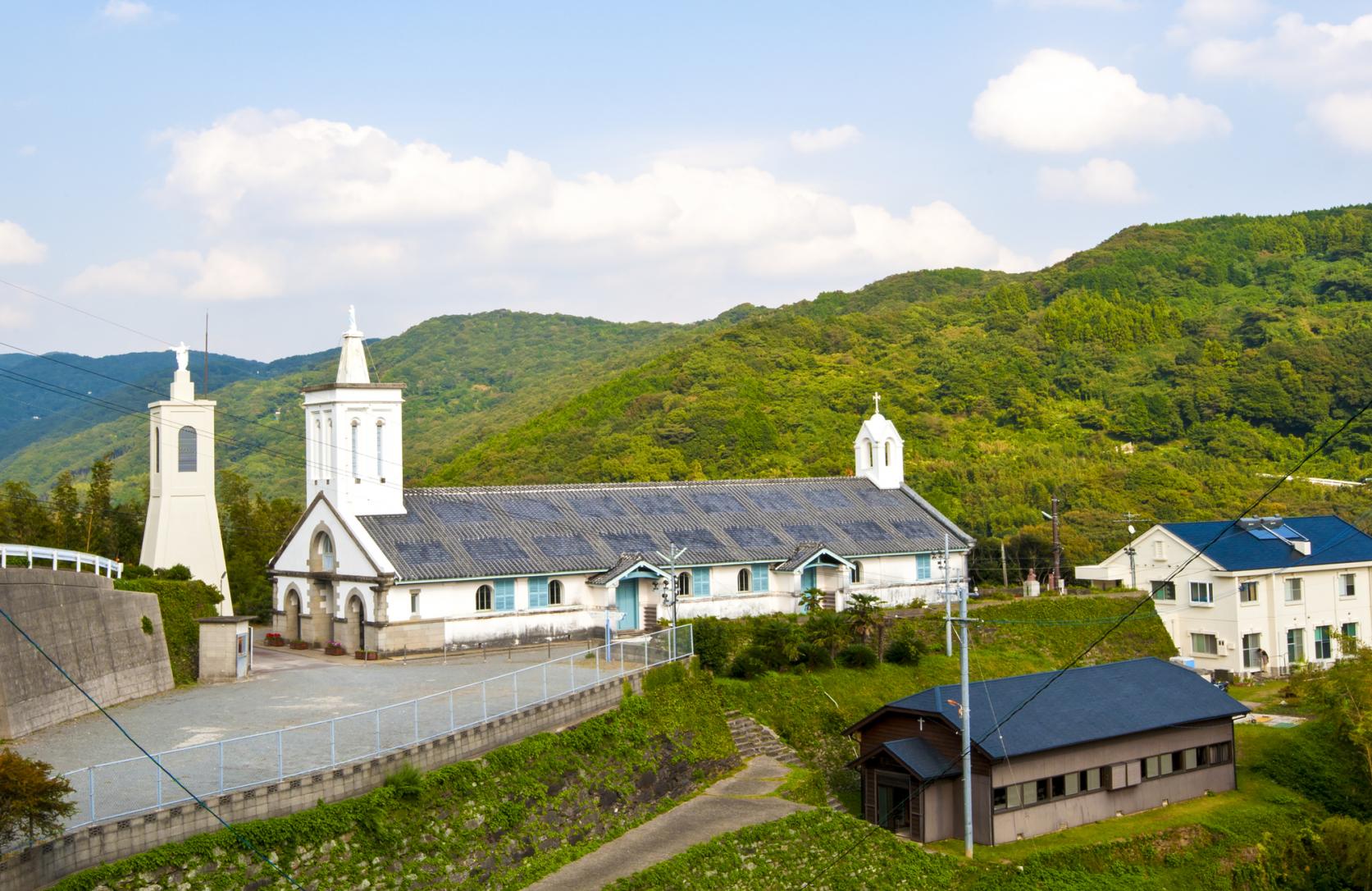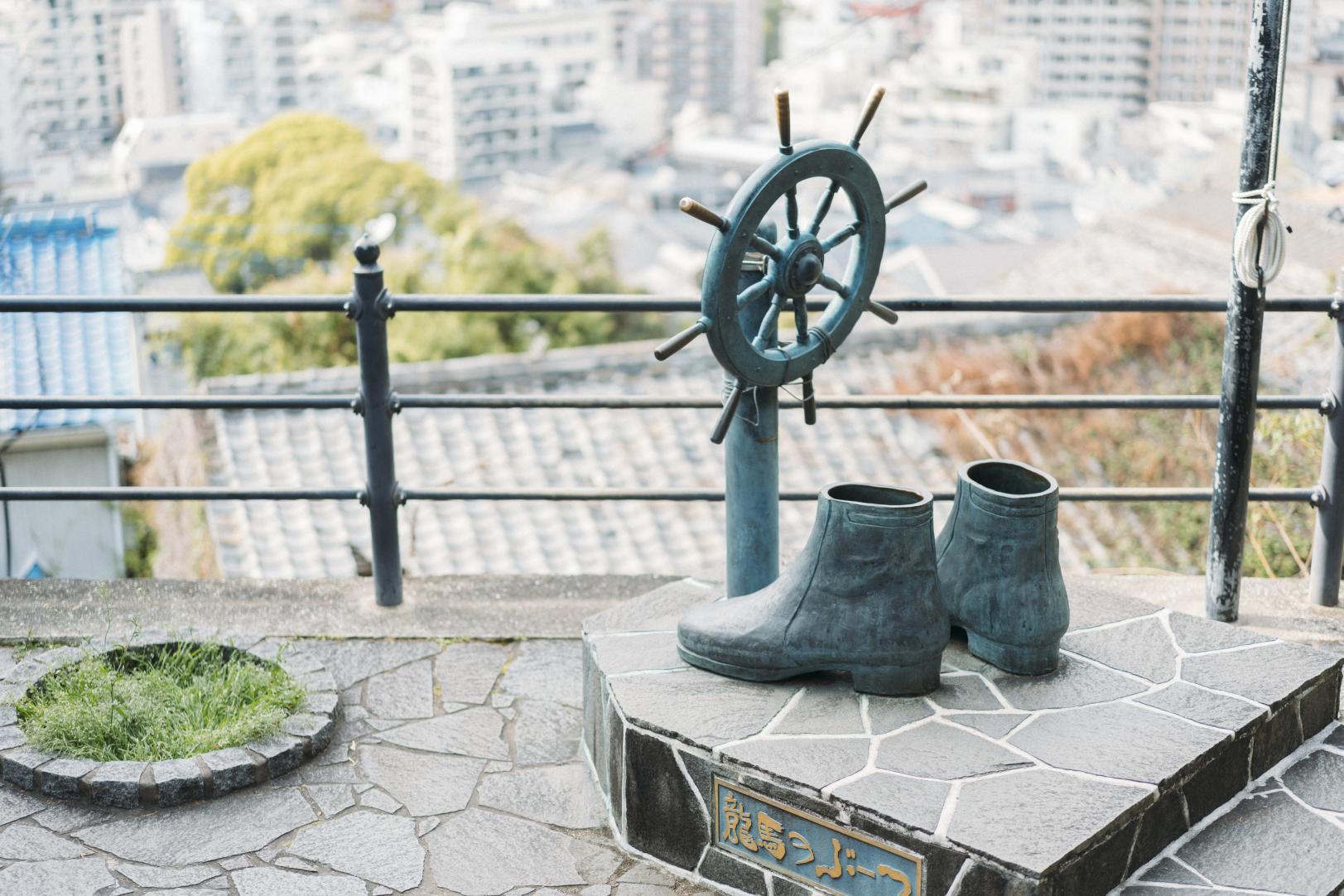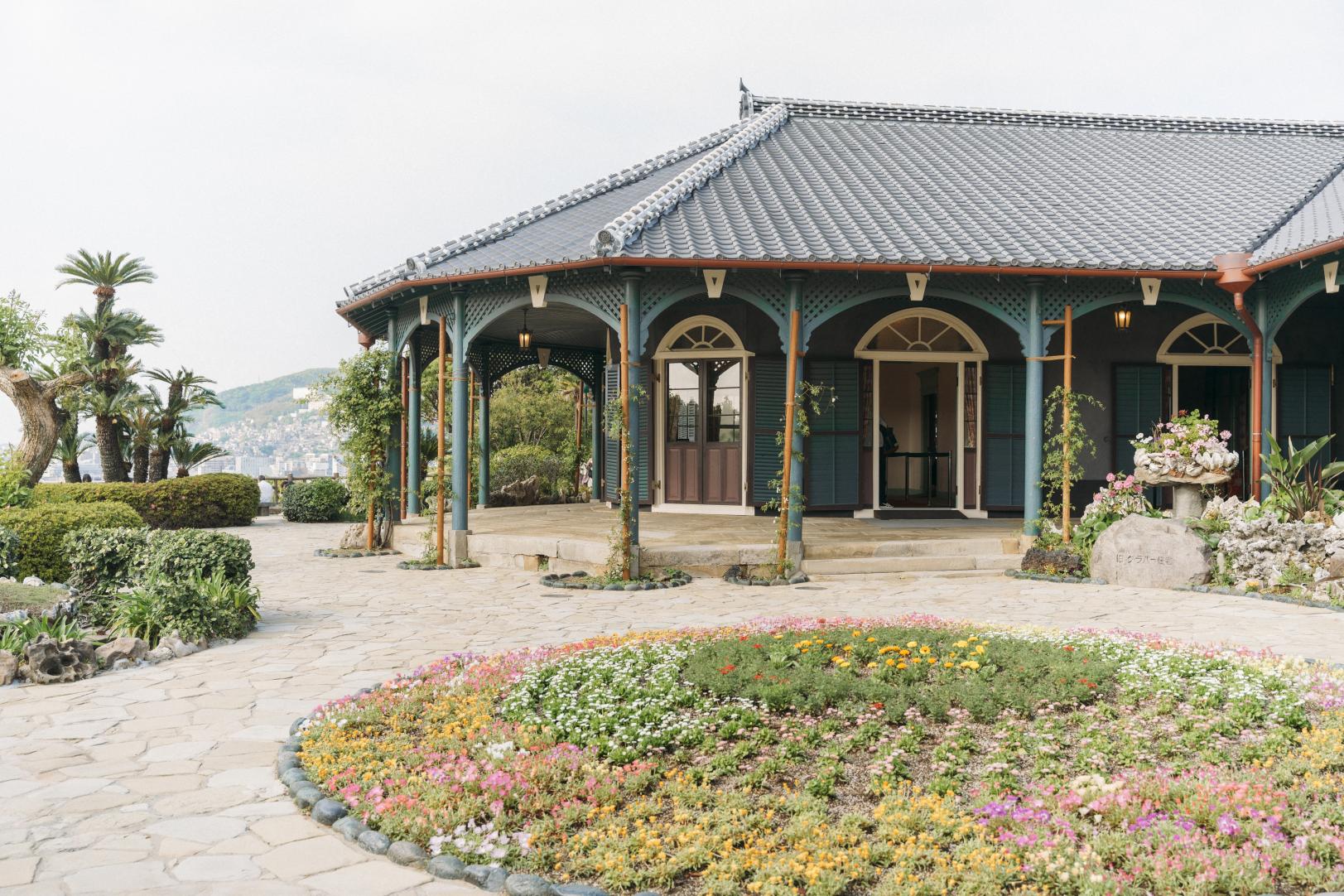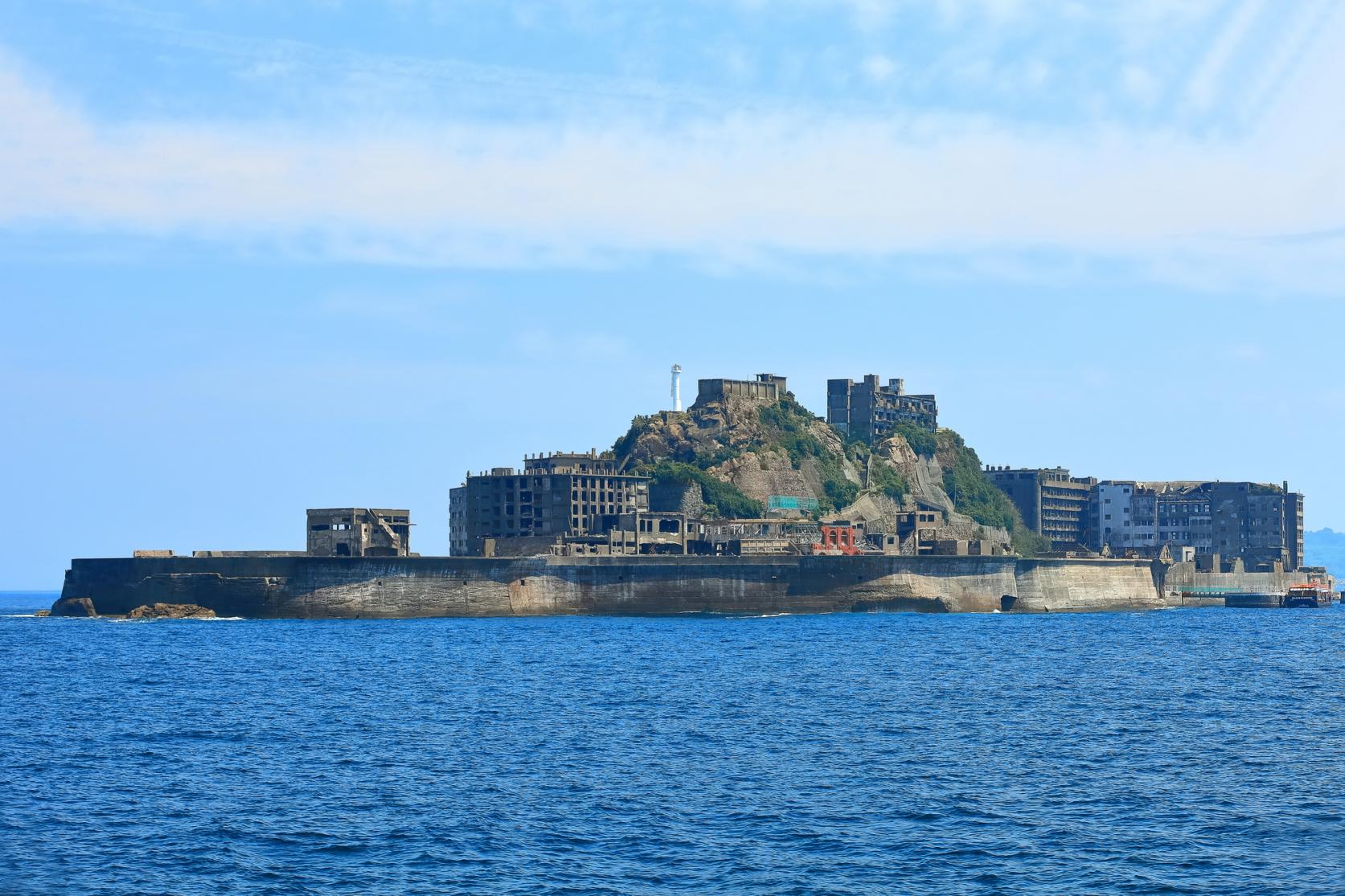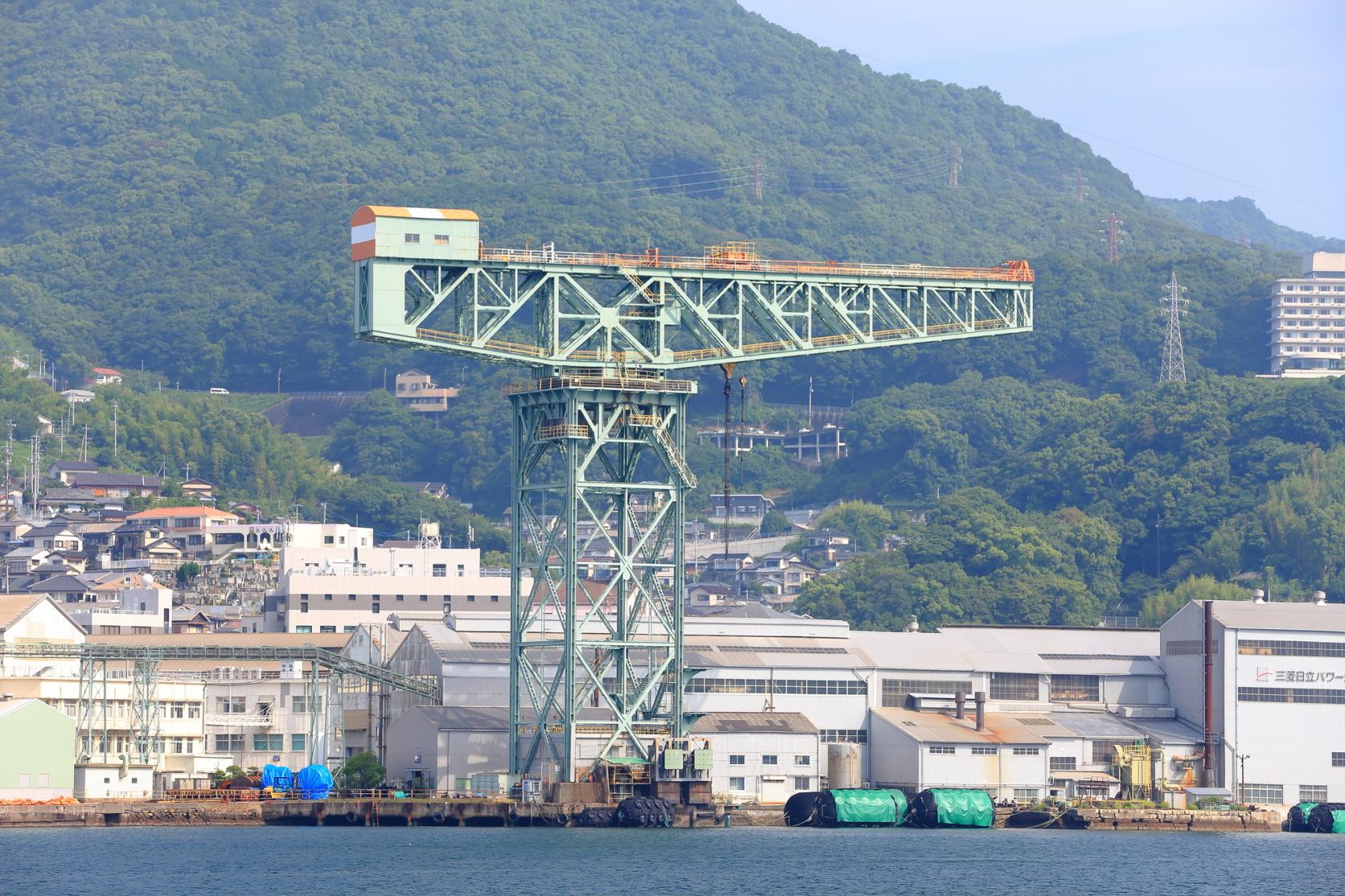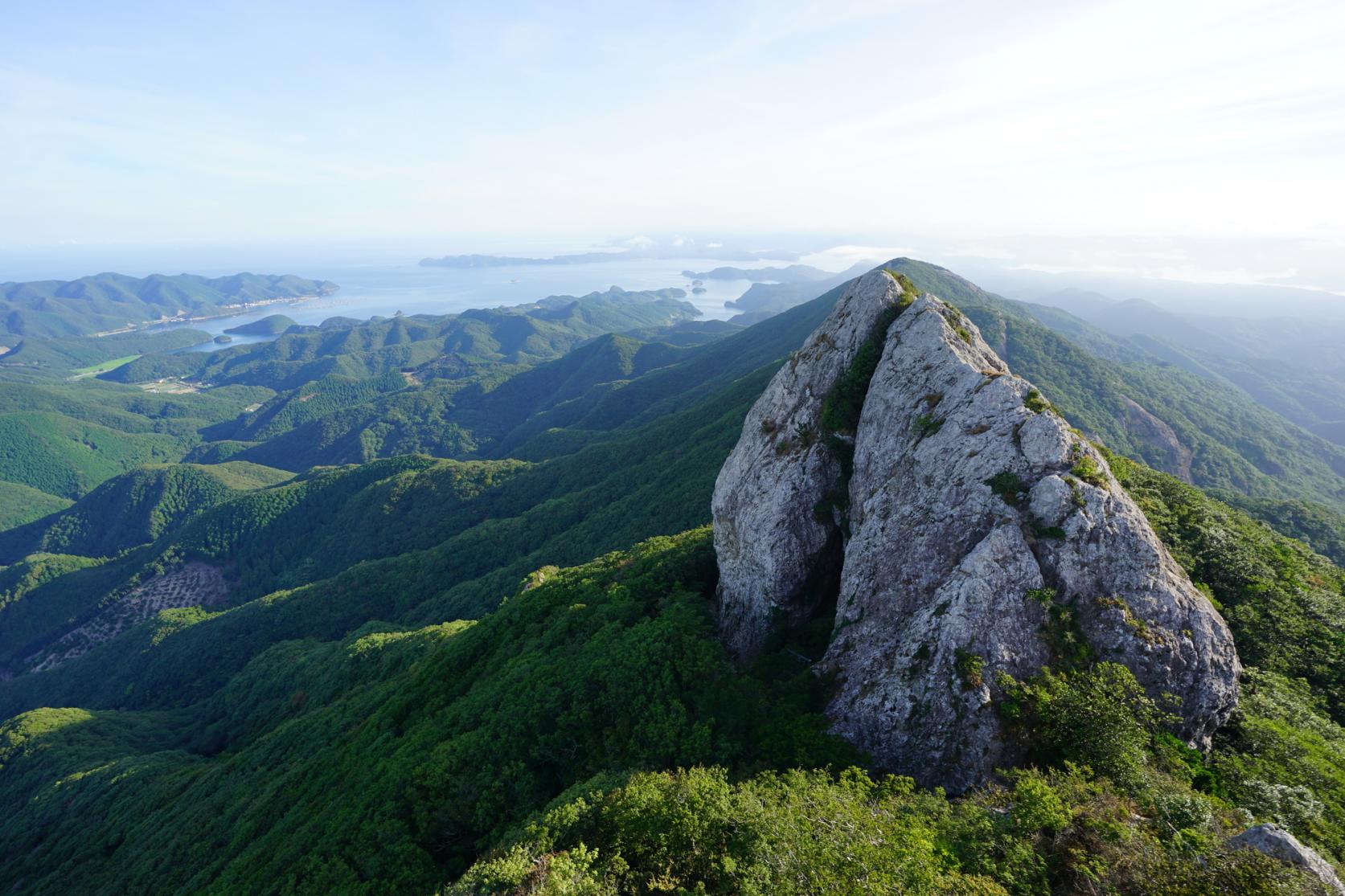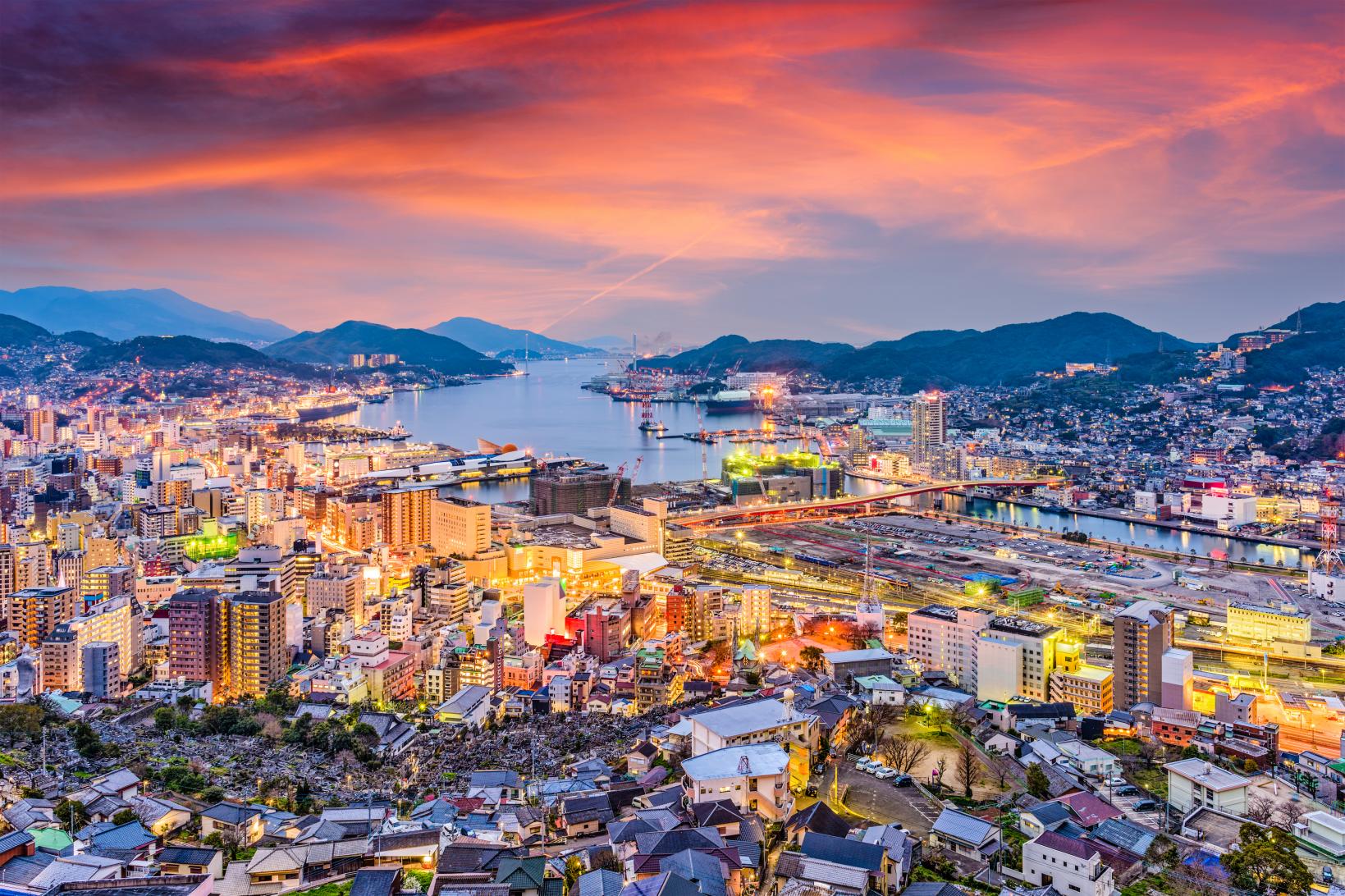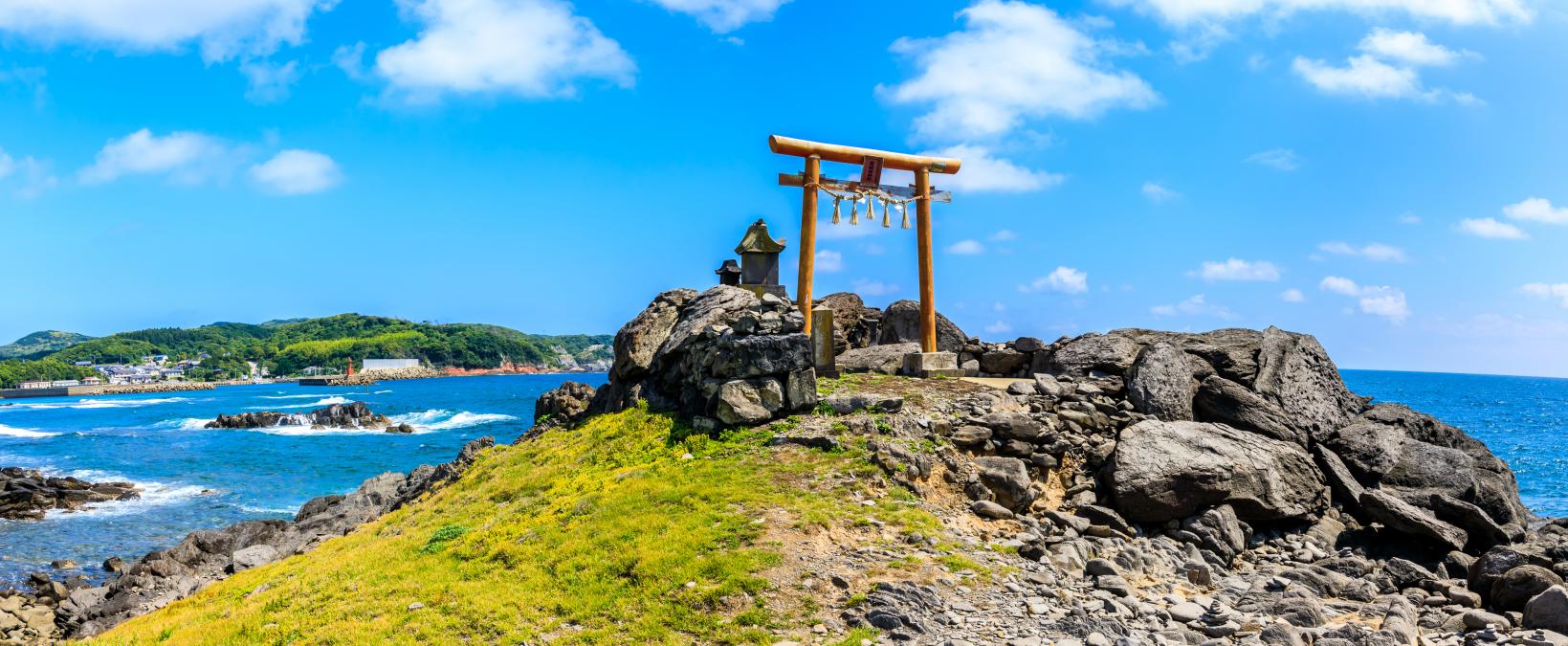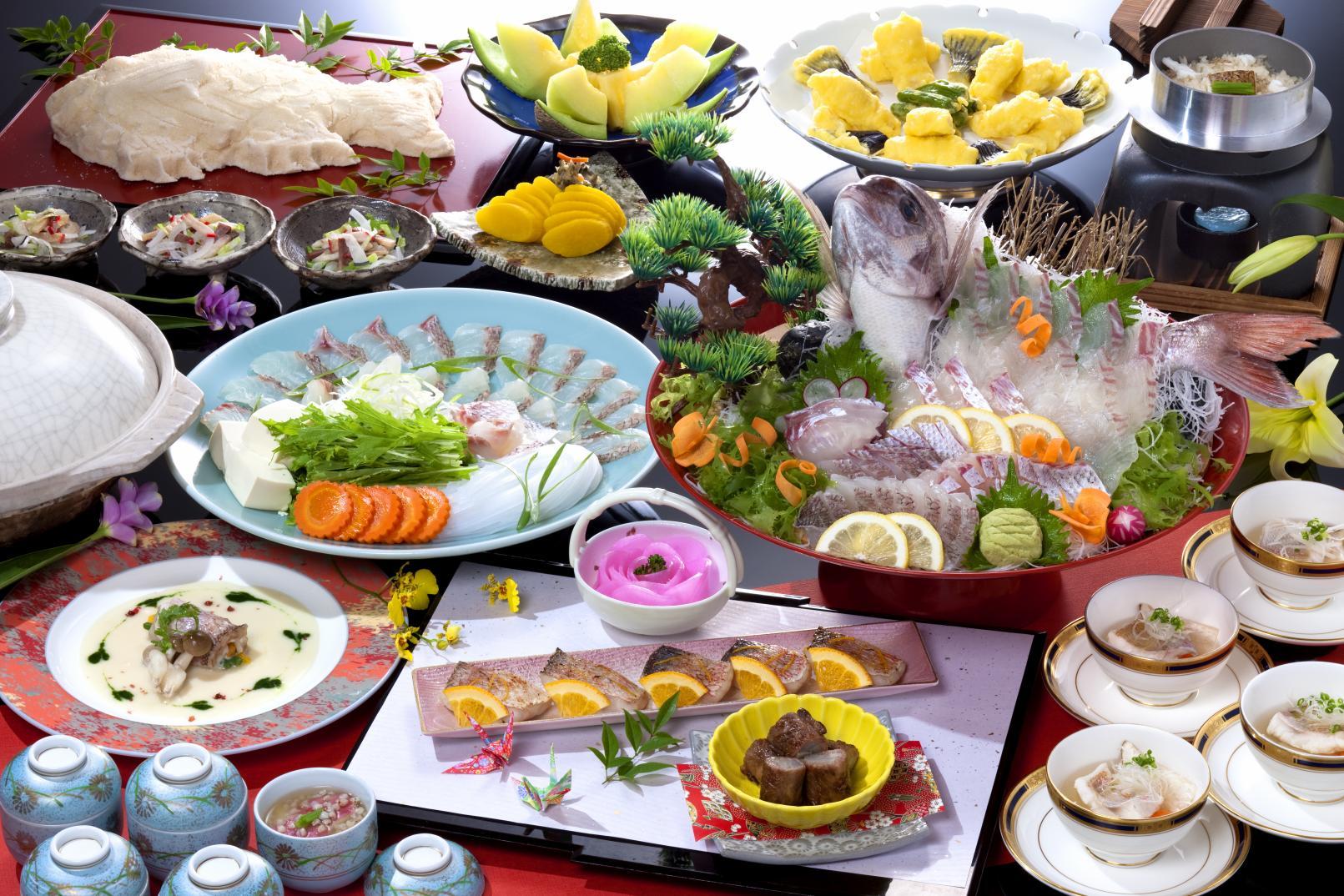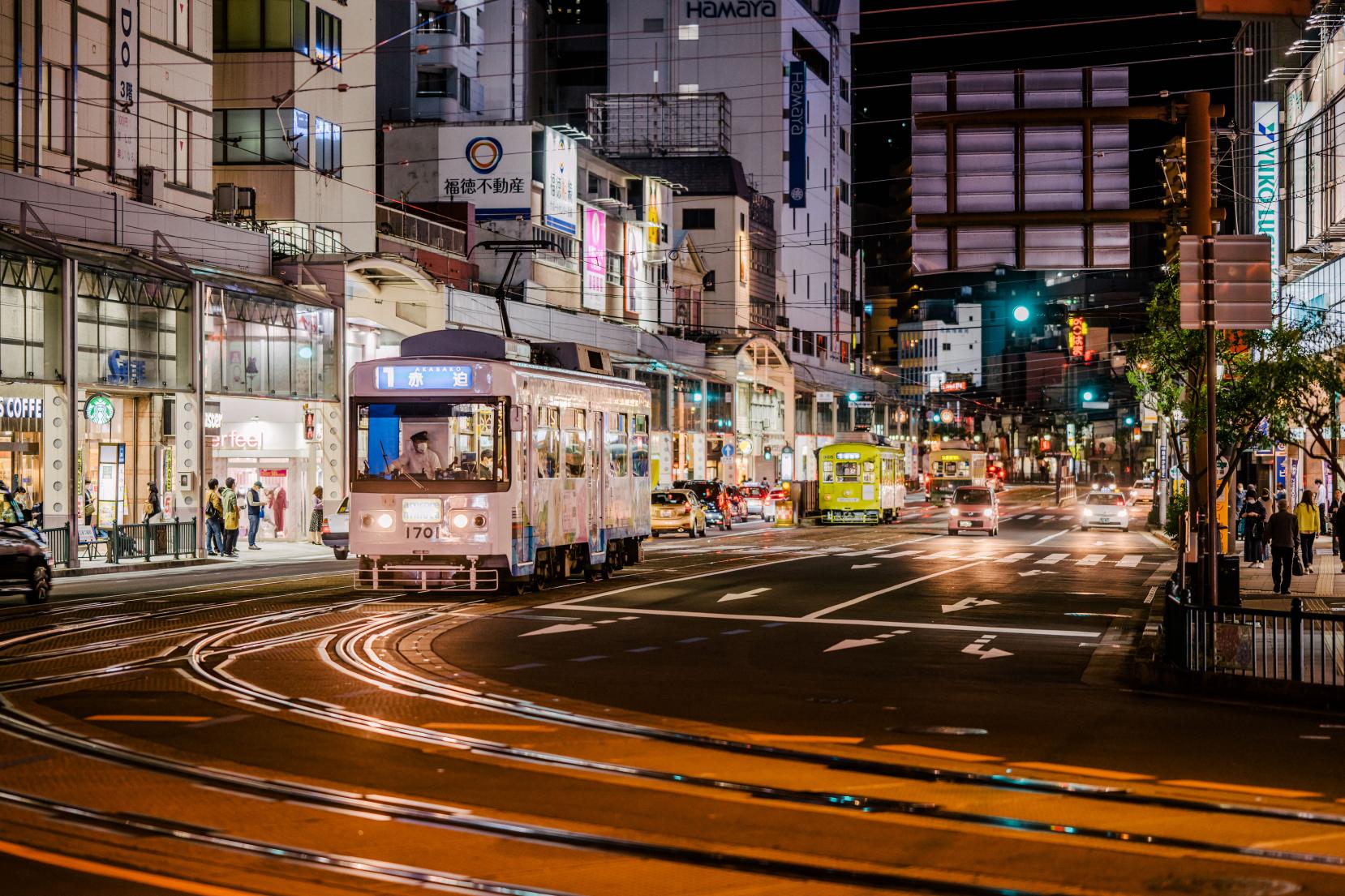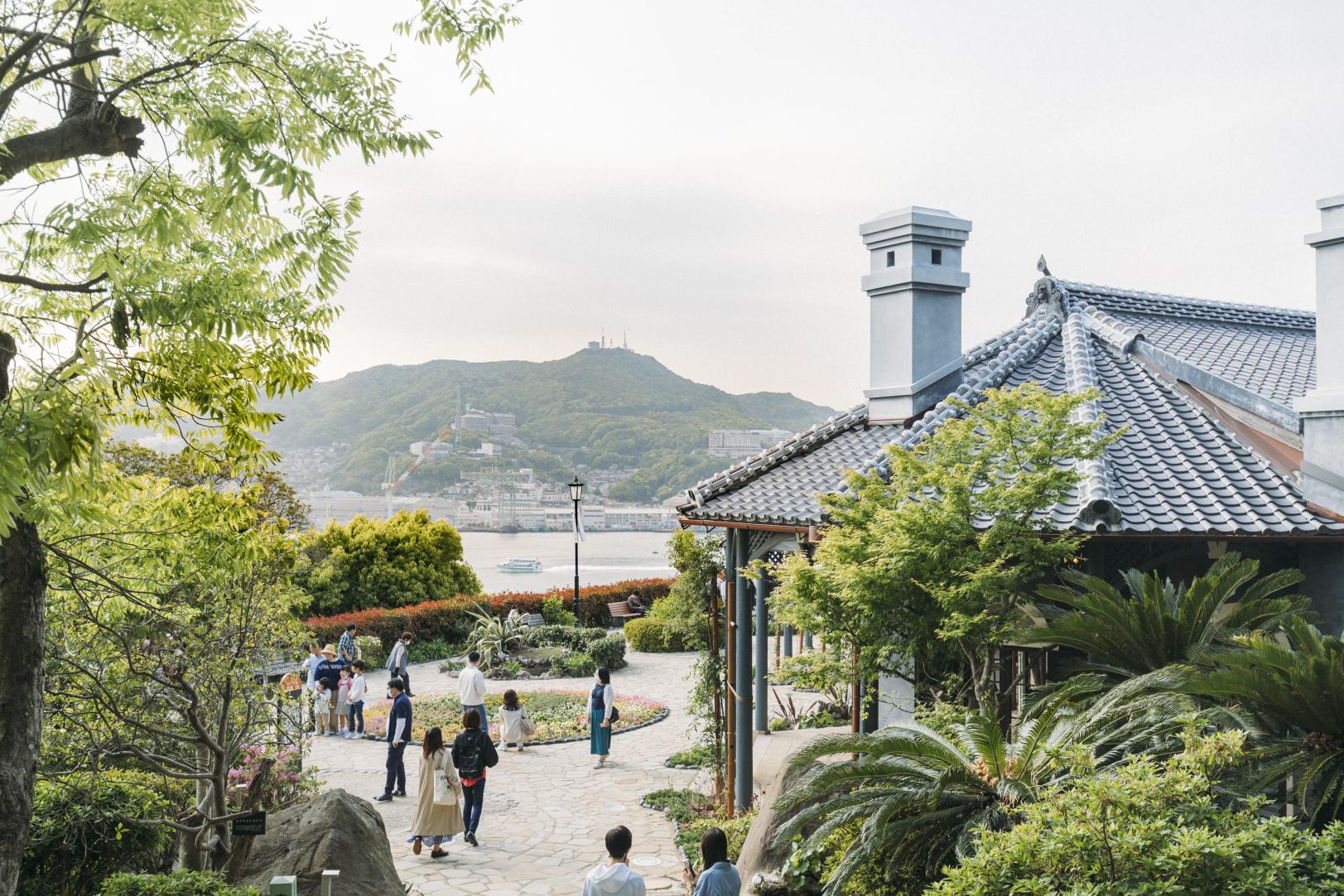
Check this for your first time in Nagasaki! Highlights of the trip you need to know about
Nagasaki once flourished as the gateway to Japan and has developed under the influence of foreign cultures. Visitors are welcomed by a unique historical and cultural mix of Japanese, Chinese and Western influences. For first-time visitors to Nagasaki City, we recommend a trip to cover the "go-to" items, from the main tourist attractions to gourmet food.
Overview
- Look up or look down? A symbolic view of Nagasaki, with the sea and mountains visible at the same time.
- The city used to be a meeting place for foreigners coming from across the sea and for loyalists and shoguns going to the other side of the sea.
- Even today, Portuguese sweets, Dutch trading houses, Chinatown and delicious fish cuisine coexist in a jumble.
- The city's attractions are also in the suburbs. This city at the western end of the country offers a full day out.
- The culture, nurtured through the interweaving of Japanese, Western and Eastern cultures, is alive and well.
- History, both sad and glorious, is etched into this city like the age rings of a tree.
- Nagasaki City Tourism Master Brand slogan, "Look! The world, side-by-side with everyday life"
Look up or look down? A symbolic view of Nagasaki, with the sea and mountains visible at the same time.
■The landscape of Nagasaki, with its beautiful harmony between the city and nature on a series of slopes
Nagasaki has a unique topography with Nagasaki Port at its center, surrounded on three sides by mountains. Towns spread out on the slopes, which come to life with the vibrant lives of the people.
Walking through the city, you will be surprised by the number of slopes and the scenic views of both the sea and mountains at the same time. These are unique to Nagasaki, a city of slopes overlooking the port.
The dynamic night view from the top of Mt. Inasa, a prominent landmark of Nagasaki City, is sure to leave an indelible impression on your memory of your trip.
The city used to be a meeting place for foreigners coming from across the sea and for loyalists and shoguns going to the other side of the sea.
■Numerous spots with an exotic atmosphere
Nagasaki has long flourished as a city of exchange with the rest of the world. The port town, with its cobbled slopes and retro Western-style buildings, still retains many exotic spots. The glamorous culture and advanced technology must have had a great influence on the loyalists who gathered here at the end of the Tokugawa Shogunate.
-
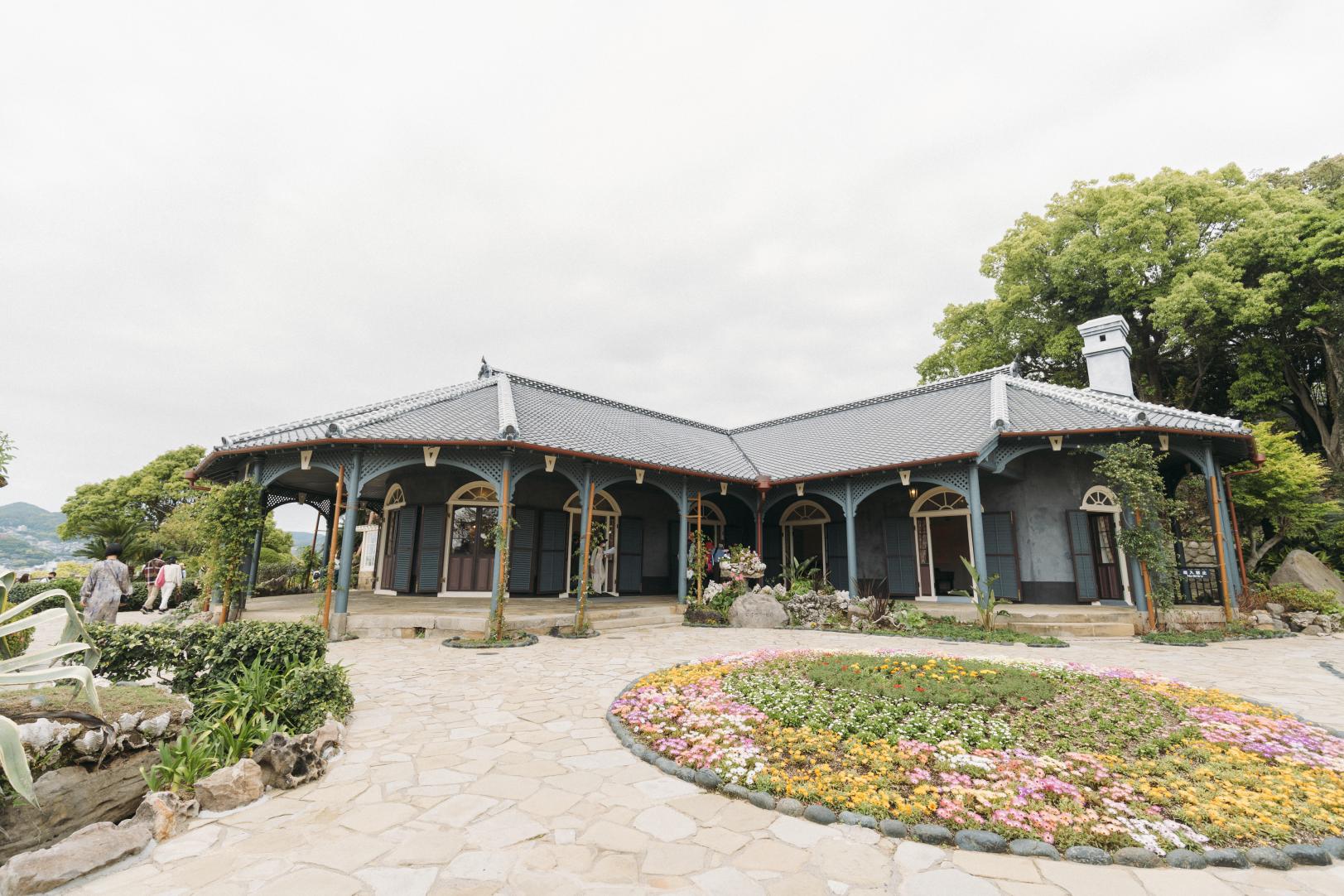
Glover Garden
View moreLocated on a hill in Minamiyamate overlooking Nagasaki Port, this is one of Nagasaki's most popular tourist attractions. Nine Western-style buildings, including the Former Glover House, can be seen here. Enjoy a stroll through the park surrounded by flowers and a spectacular view of Nagasaki Port, which attracted even great people.
-
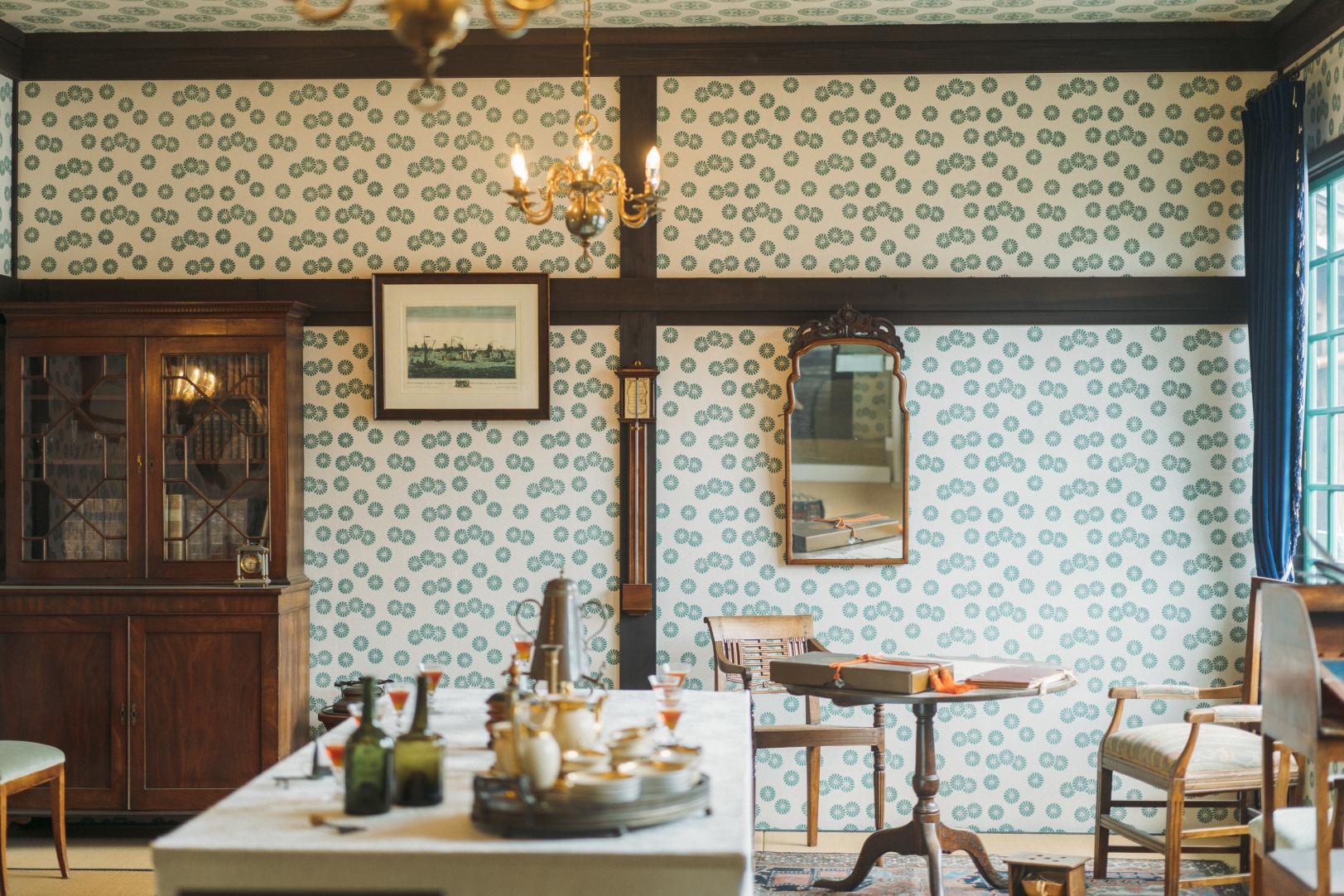
Dejima
View moreThis man-made island was built by order of the Tokugawa Shogunate. For nearly 200 years, it played a major role as Japan's only window to the West. Today, visitors can enjoy tours of rooms that simulate life in the Edo period, meals in the Western-style building, and seasonal events.
-
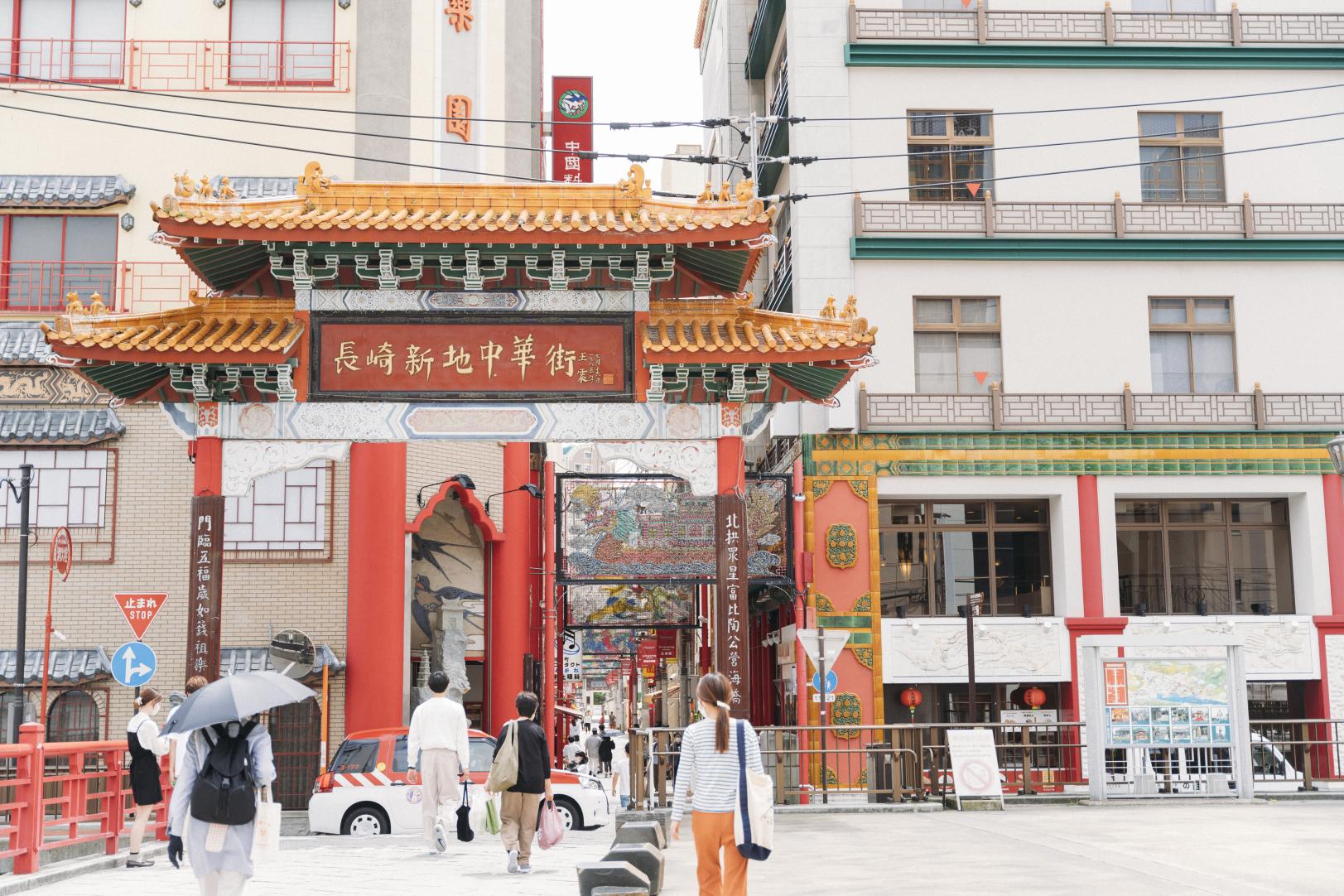
Shinchi Chinatown
View moreAlong with Yokohama and Kobe, this is one of Japan's three major Chinatowns. About 40 Chinese restaurants and shops, including Chinese sundry goods shops, line the 250m-long crossroads from east to west and north to south. How about enjoying Chinese sweets and braised pork buns while enjoying the streetscape?
-
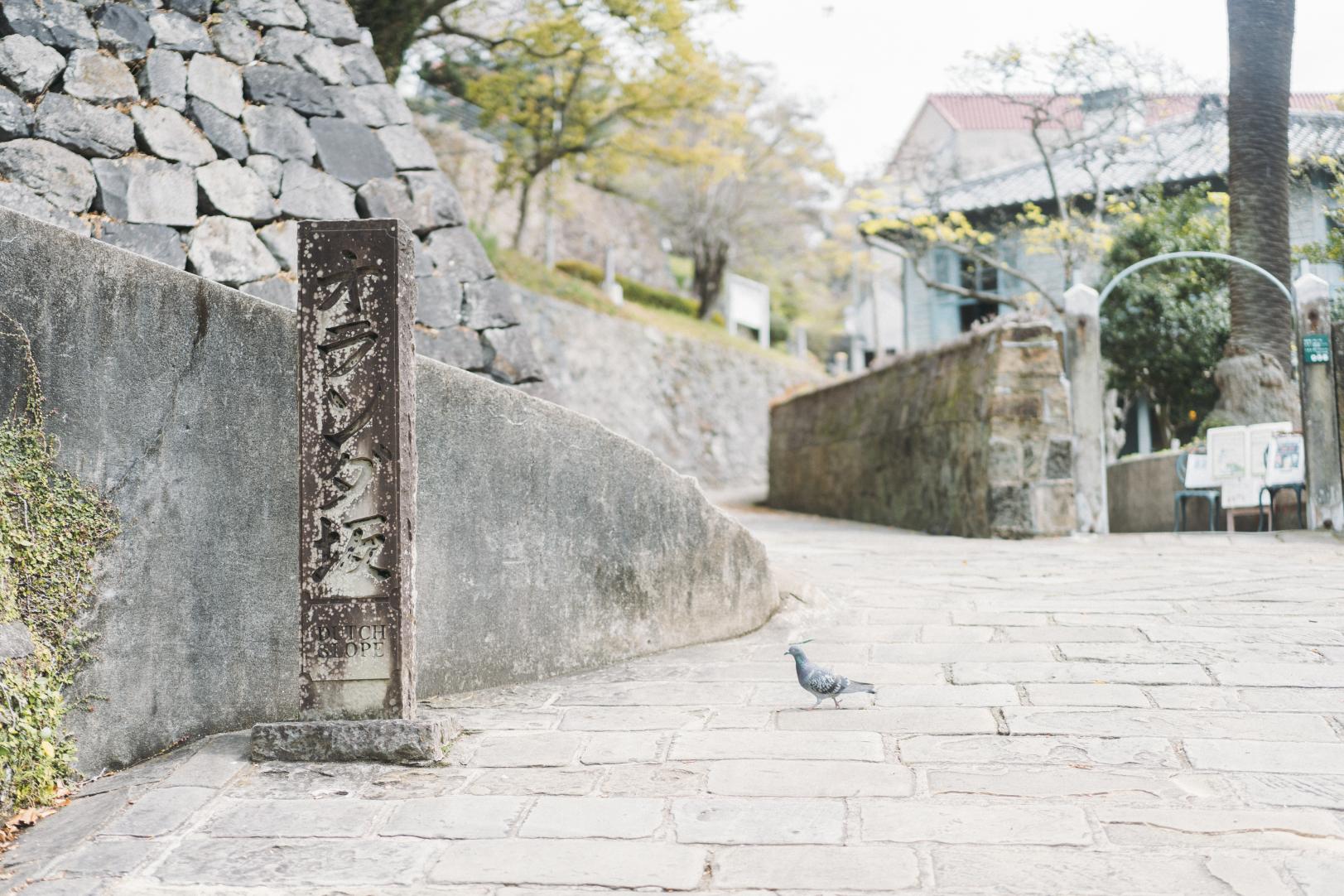
Dutch Slope
View moreThis is a cobbled slope in the Higashiyamate area, where Western-style houses stand side by side. It is called "Dutch Slope," meaning "the slope that foreigners used to walk on." Walk up the slope, feeling the atmosphere of the foreign settlement period, and visit the Western-style building that has been turned into a museum and café.
Even today, Portuguese sweets, Dutch trading houses, Chinatown and delicious fish cuisine coexist in a jumble.
■Nagasaki Gourmet Food: A Taste of the World of Japanese, Chinese and Dutch Cuisine
Foreign ships have brought many influences to Nagasaki, one of which is food culture.
Just as the unique topography and exotic culture have blended to form a distinctive townscape, so too has a unique culinary culture been created.
Enjoy Nagasaki's iconic gourmet specialties such as champon and castella, which are now popular across Japan, as well as Turkish rice and Takufuku cuisine.
The city's attractions are also in the suburbs. This city at the western end of the country offers a full day out.
■ A treasure trove of mind-blowing, spectacular scenery
Take a step away from the city center and you will find a landscape rich in nature. There is an endless expanse of ocean and bright red sunsets over the islets. Whether you want to relax in the luxury of a resort stay, or follow the traces of creatures from long ago, the suburbs of Nagasaki City are full of a captivating sense of freedom.
-
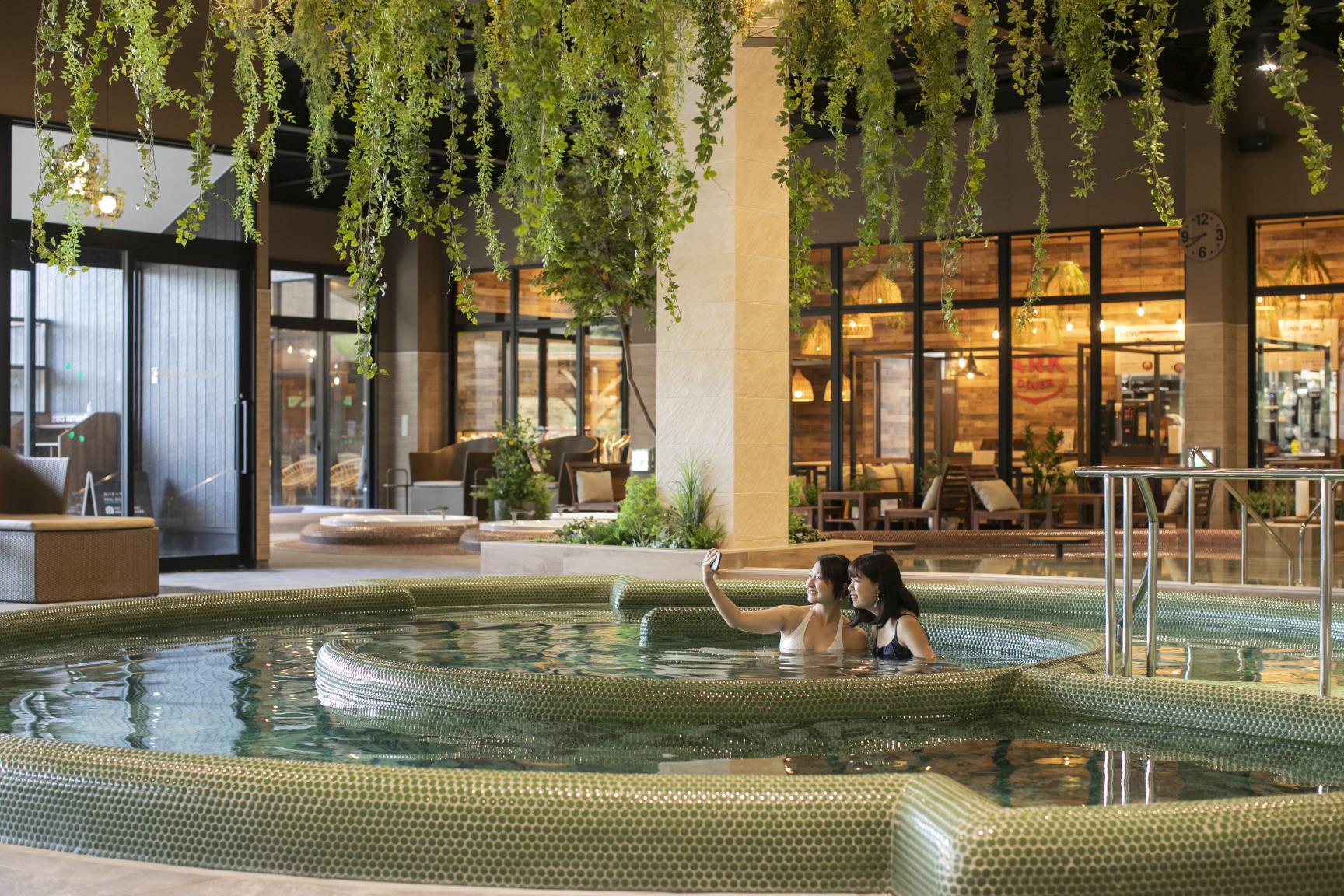
Iojima
View moreIt takes about 30 minutes by car from the city center. Iojima is a resort island with a wide range of entertainment on the whole island, which can be circumnavigated by bicycle in about 2 hours. You can move your body with activities and relax in the spa fed by natural hot spring water. No matter how many times you visit, you will never run out of fun.
-
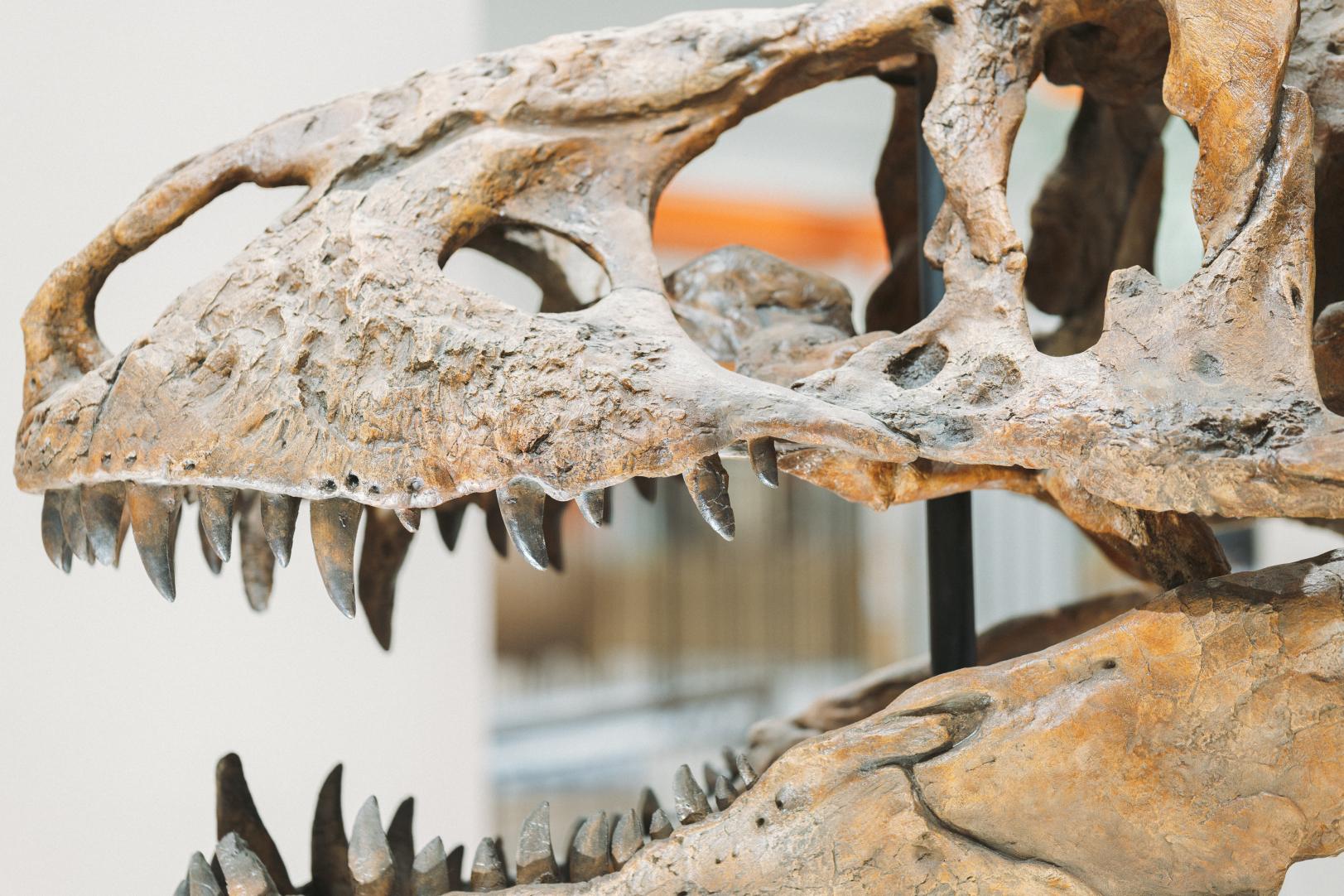
Nagasaki City Dinosaur Museum
View moreThis is the third dinosaur museum in Japan. This is a popular spot where visitors can see, touch and experience the history of dinosaurs. The 13-metre-long replica of a Tyrannosaurus skeleton, which can only be seen here in Japan, is a powerful sight. The corner where you can touch real fossils and the open laboratory are also must-sees!
-
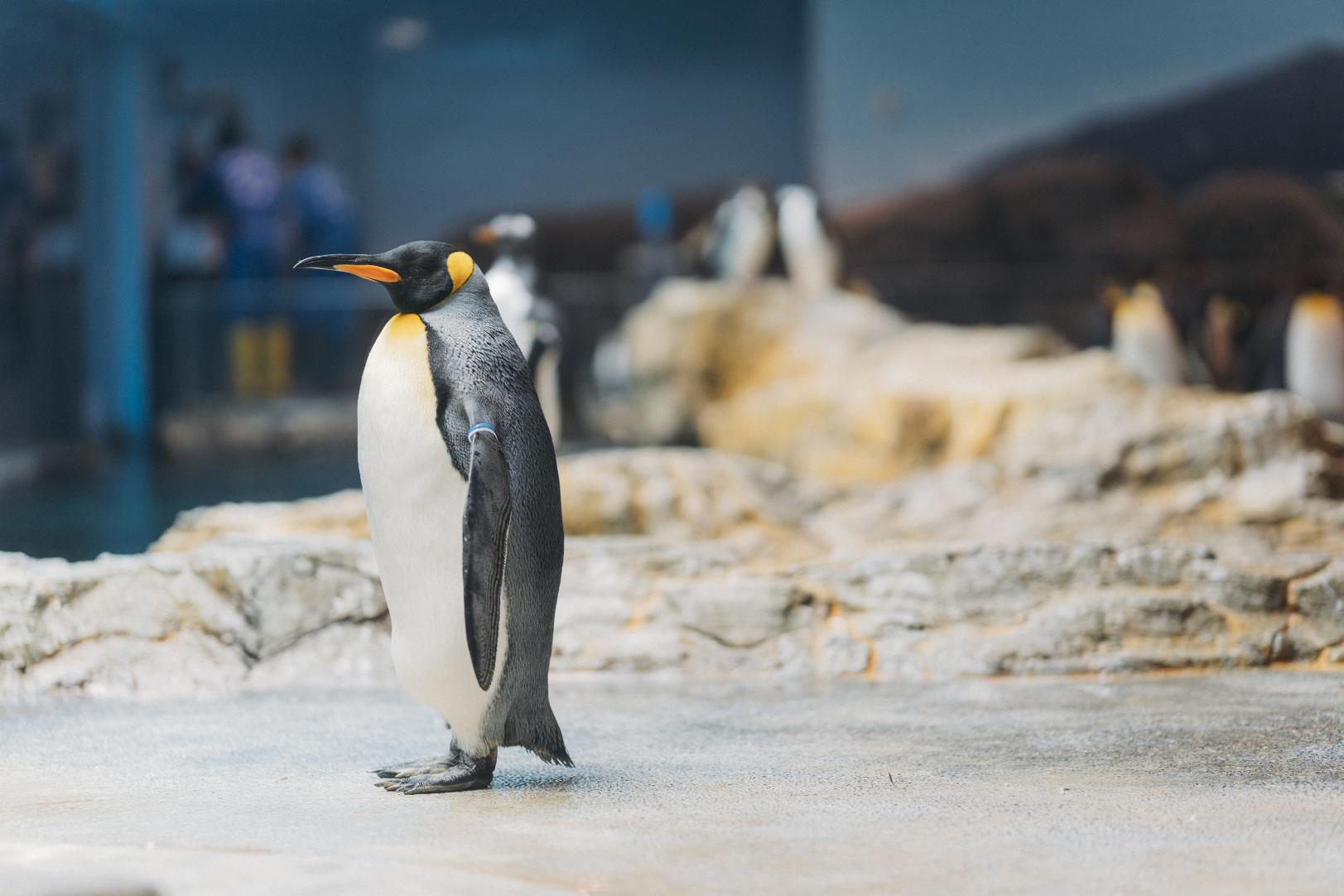
Nagasaki Penguin Aquarium
View moreThe aquarium specialises in penguins and is one of the few aquariums in the world to house 170 unique penguins from nine species. You can enjoy the penguins to your heart's content in the huge aquarium tank and on the natural beach. Don't miss the parade and feeding experience!
-
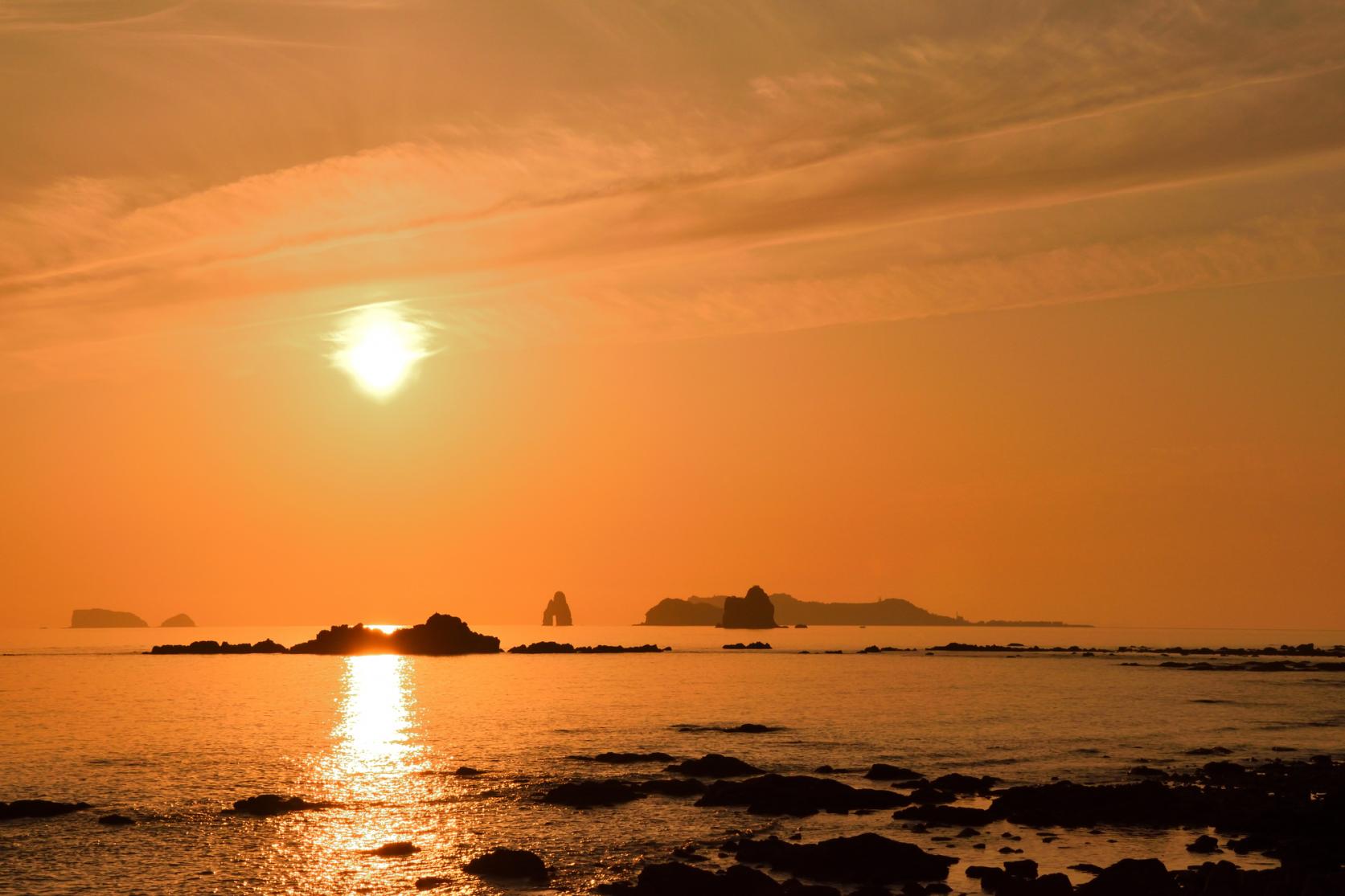
Sotome
This is an area that is remarkably rich in nature, where the culture of the "hidden Christians" remains strong. The sunsets from Sotome are particularly breathtaking and worth seeing. The area is perfect for a drive, with many tourist attractions such as church tours, old town walks and tours of abandoned mines.
The culture, nurtured through the interweaving of Japanese, Western and Eastern cultures, is alive and well.
■Spotlight on festivals that symbolize Nagasaki culture.
The "Wakaran" (Japanese, Chinese, and Dutch) culture that has emerged since the opening of the port has taken deep root in the lives of Nagasaki citizens, changing form with the times. The ever-evolving culture mixes with both Japanese and foreign cultures and expresses a new world view as 'Nagasaki culture'.
-
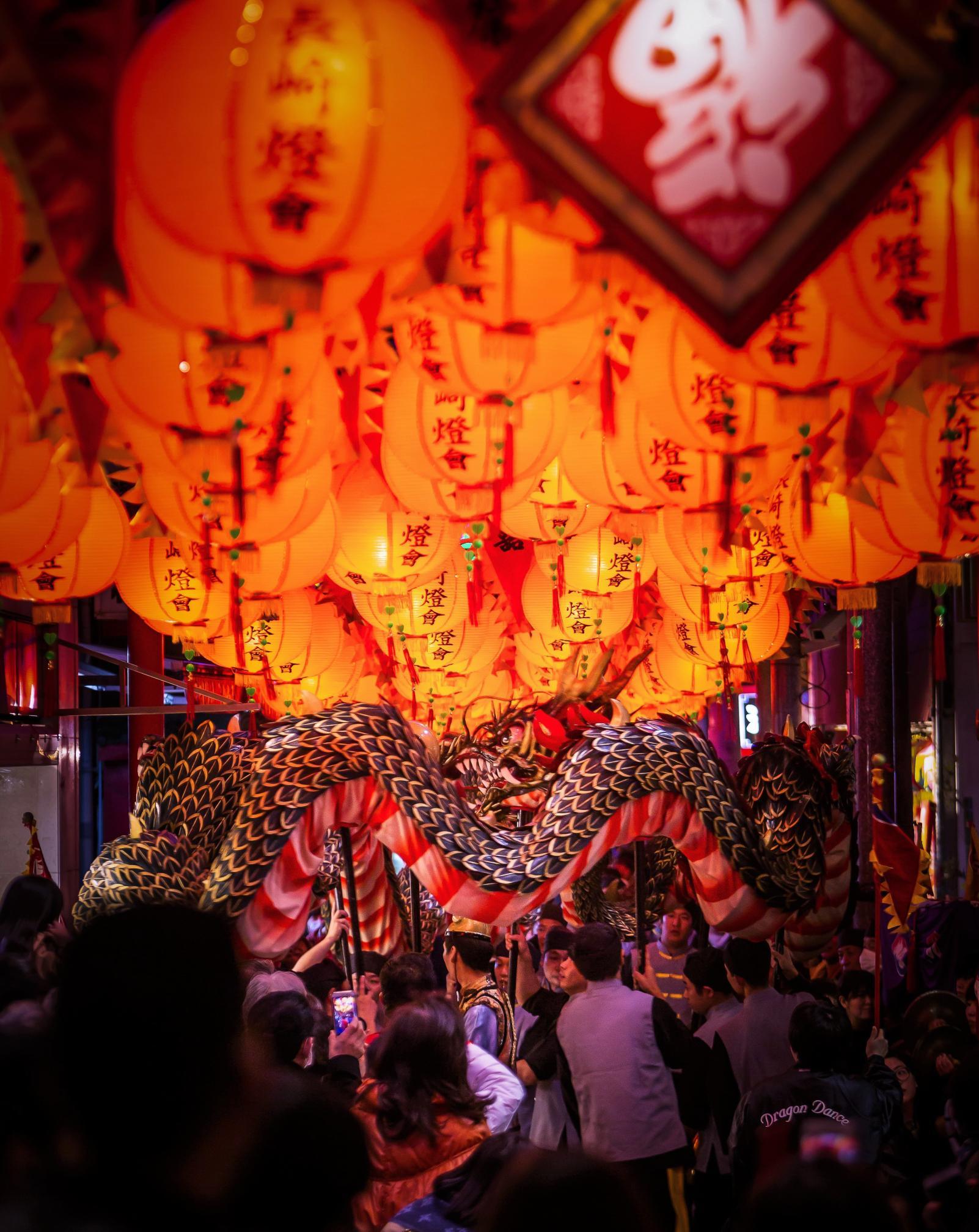
Nagasaki Lantern Festival
View moreThe Lantern Festival, which paints Nagasaki's winter sky in rich colors, is a major event originating from the Chinese New Year Festival, when overseas Chinese living in Nagasaki celebrate the Chinese New Year. The city center is decorated with bright lanterns, and the city bustles with events such as the Emperor's Parade and numerous stalls.
-
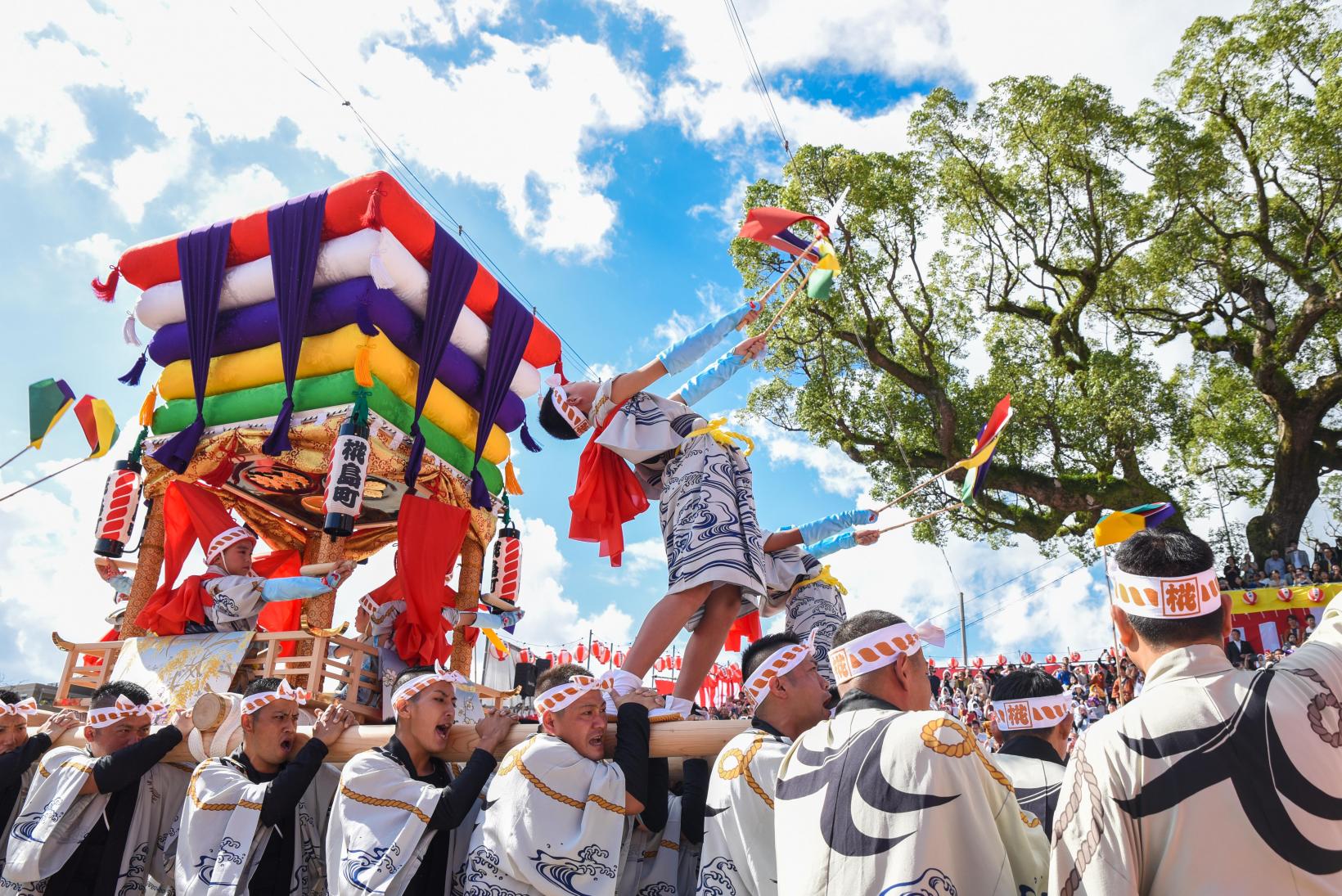
Nagasaki Kunchi / Okunchi
View moreThis is the autumn festival of Nagasaki's guardian deity, Suwa Shrine. It has developed over several hundred years into a gorgeous and spectacular festival. The "enshimono," or dances performed as a dedication, are exotic performances that mix Chinese and European cultures with Japanese culture, giving a sense of "Wakaran" culture.
-
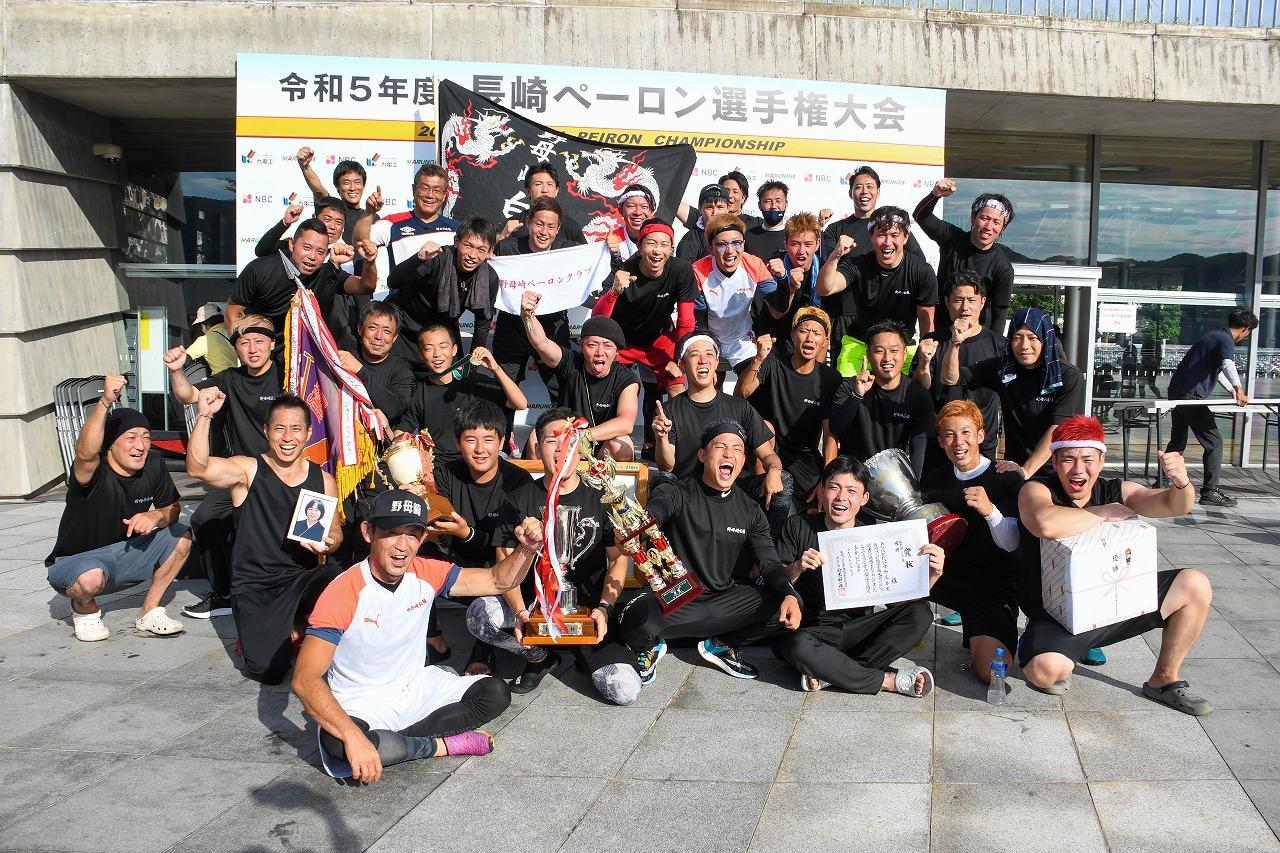
Nagasaki Peiron Championship & Port Festival
View moreIt is said to have started when Chinese people whose ship was anchored in Nagasaki Port, were attacked by a storm. They borrowed barges and rowed against each other to appease the anger of the sea gods. The audience goes wild for the heated battles fought to the sound of the heroic "yoisa" and the beating of drums and gongs!
-
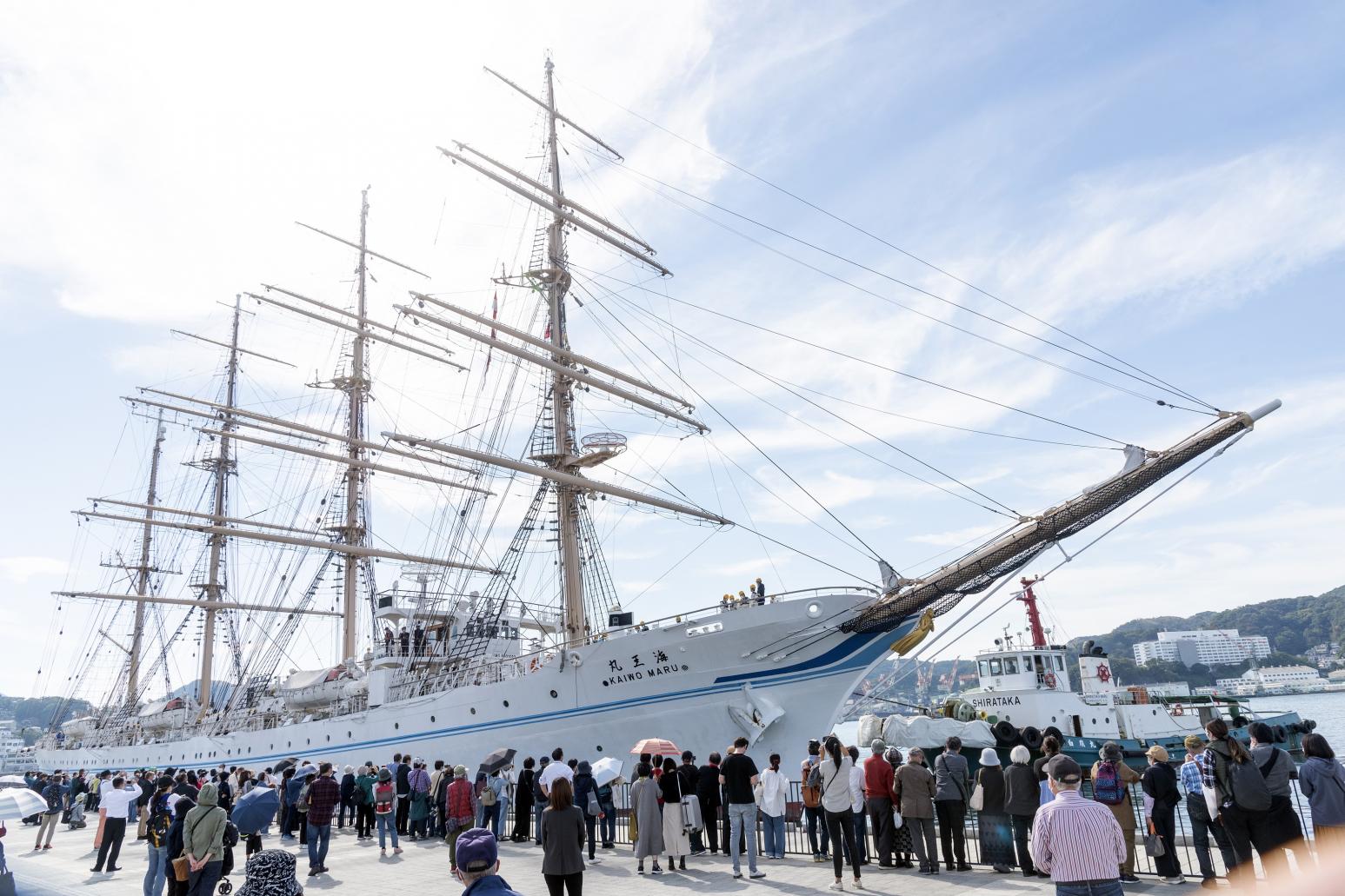
Nagasaki Tall Ships Festival
View moreThe Nagasaki Tall Ships Festival, which started as an event to commemorate the 400th anniversary of Japan-Dutch relations, brings together domestic and foreign sailing ships in the historic port of Nagasaki. The parade of sailing ships entering the harbor in a line is a spectacular sight! At night, the entire port area is illuminated and enveloped in a magical beauty.
History, both sad and glorious, is etched into this city like the age rings of a tree.
■Two World Heritage Sites and a prayer for peace.
Nagasaki led Japan's industrial revolution from the end of the Edo period to the Meiji era, was the site of the miraculous "discovery of the hidden Christians," and was hit by an atomic bomb during the Pacific War. A city with a rich and varied history, Nagasaki is a place of great depth, where you will discover something new no matter how many times you visit.
What were the thoughts of the Christians who were forced to go into hiding under severe oppression?
Why was the atomic bomb dropped on this beautiful city?
"Negative history" is one of the elements that shape Nagasaki. While it has a mission to pass on its sad past to future generations without letting it fade away, it is also a glorious land that laid the foundations of modern Japan. Let's follow in the footsteps of the great people who left their achievements for the future of Japan, including Glover and Sakamoto Ryoma.
- Sites of Japan's Meiji Industrial Revolution
- Heritage Sites Related to the "Hidden Christians" in the Nagasaki and Amakusa Regions
Nagasaki City Tourism Master Brand slogan, "Look! The world, side-by-side with everyday life"
SHARE
NEXT


